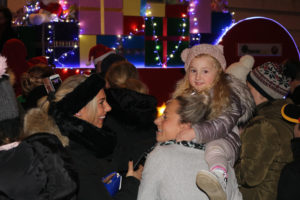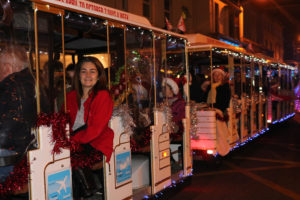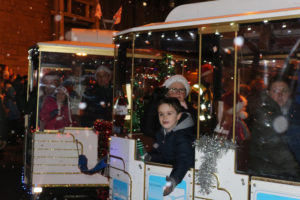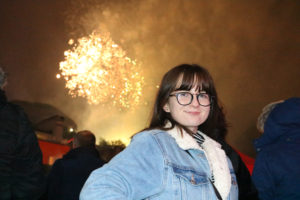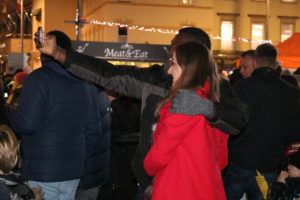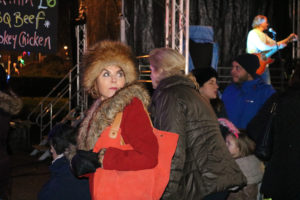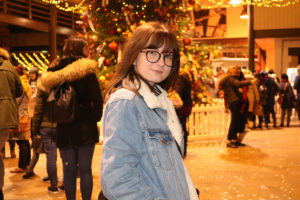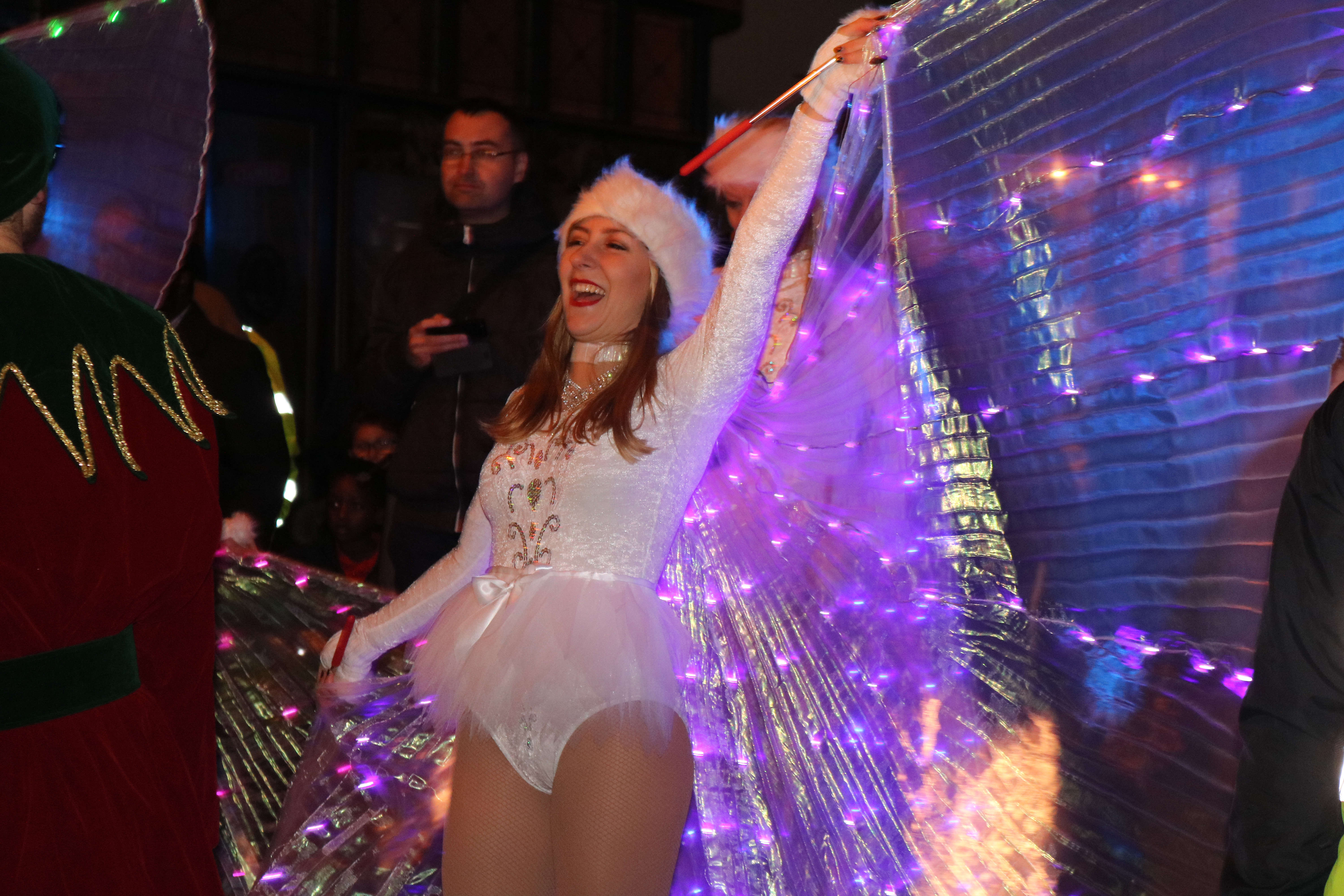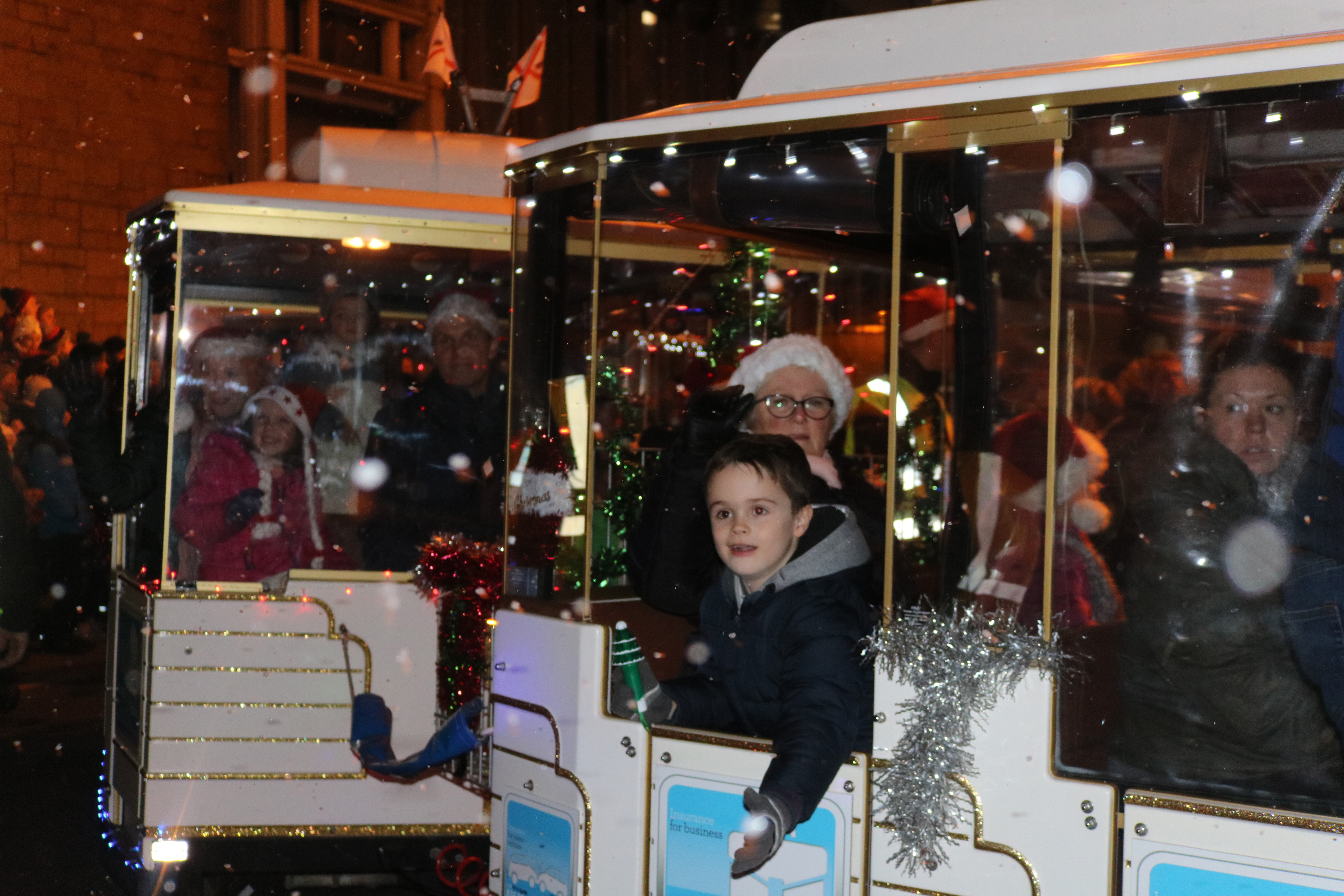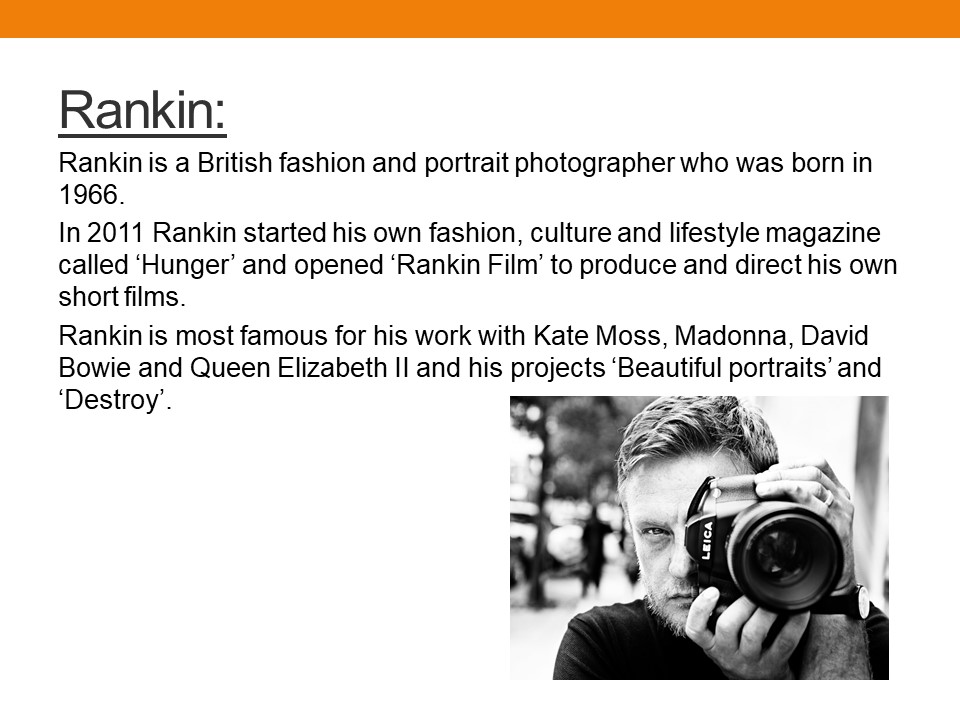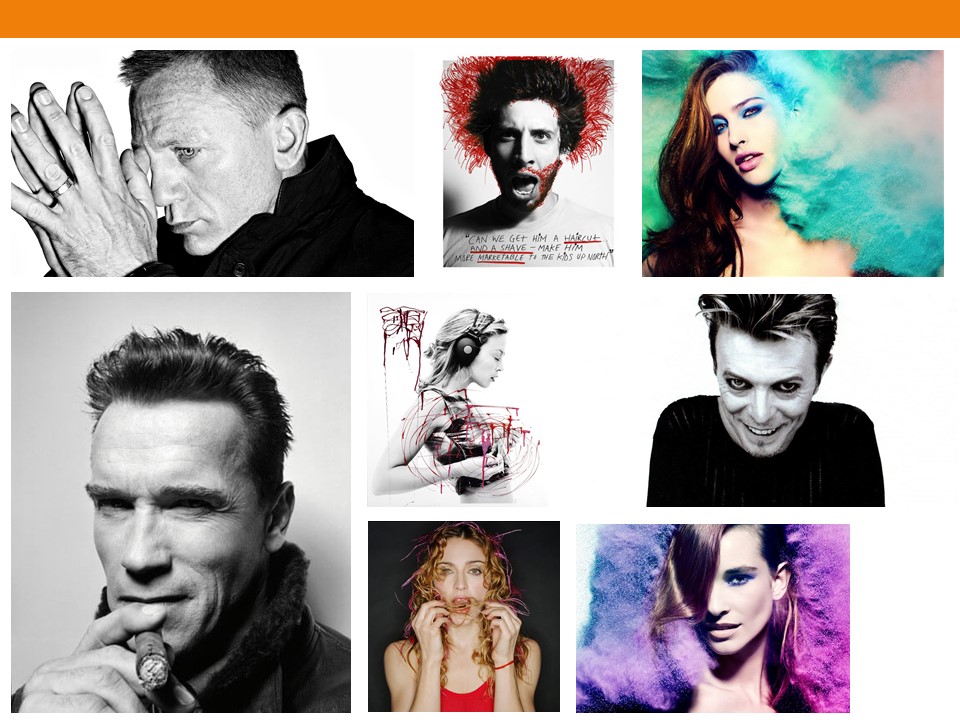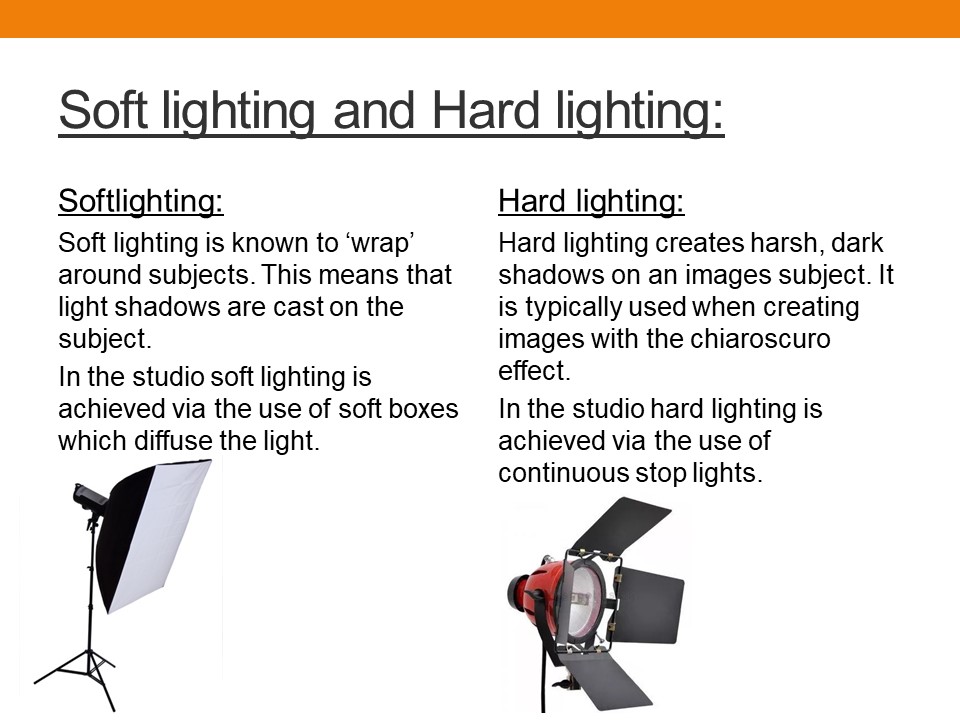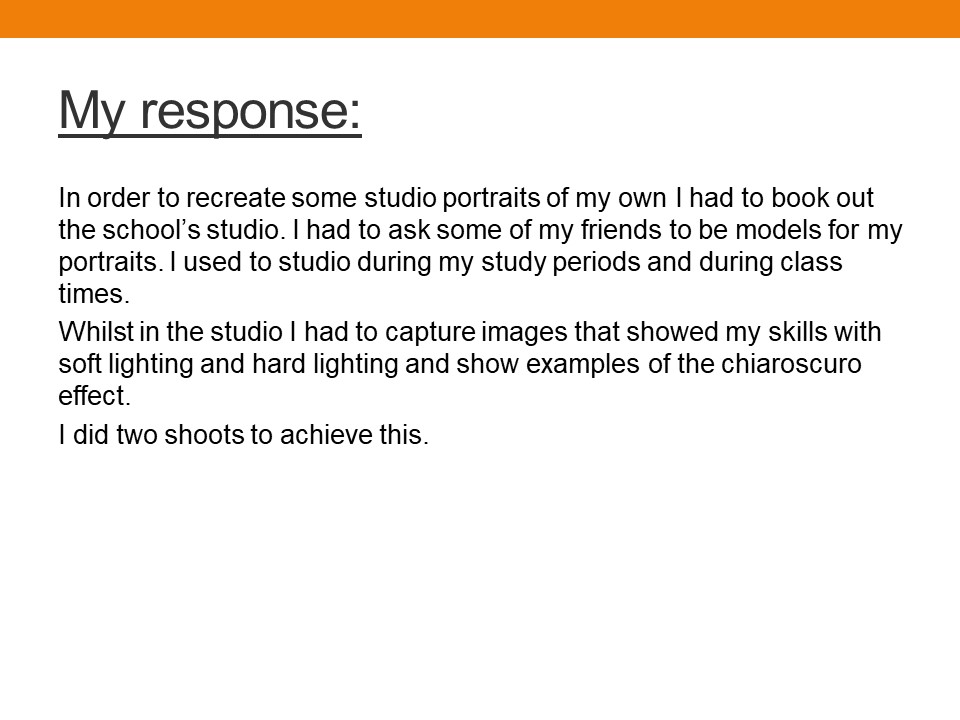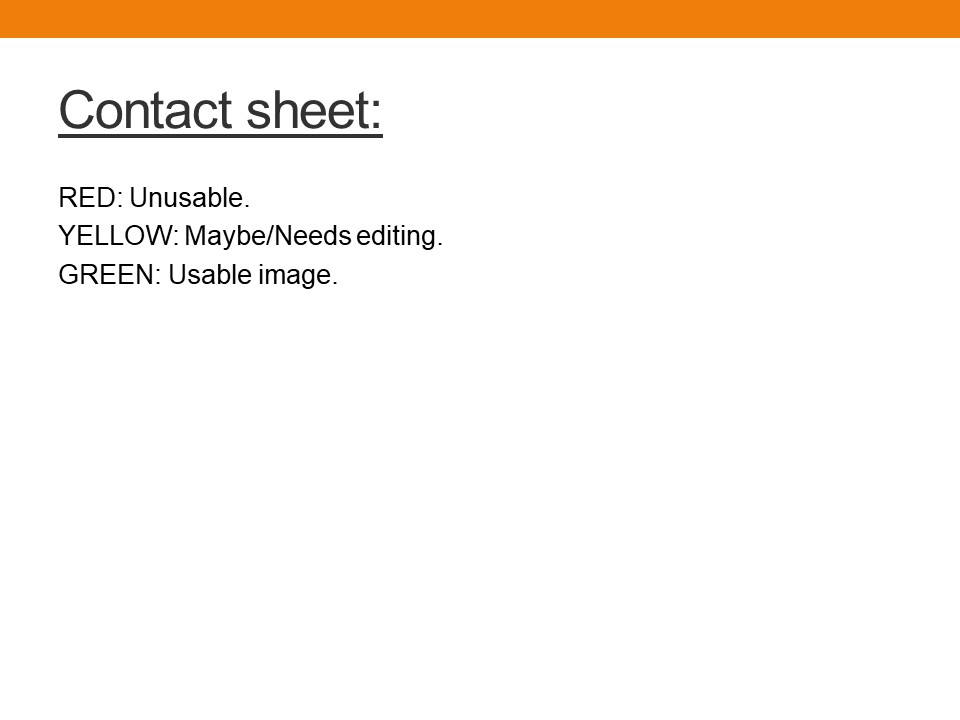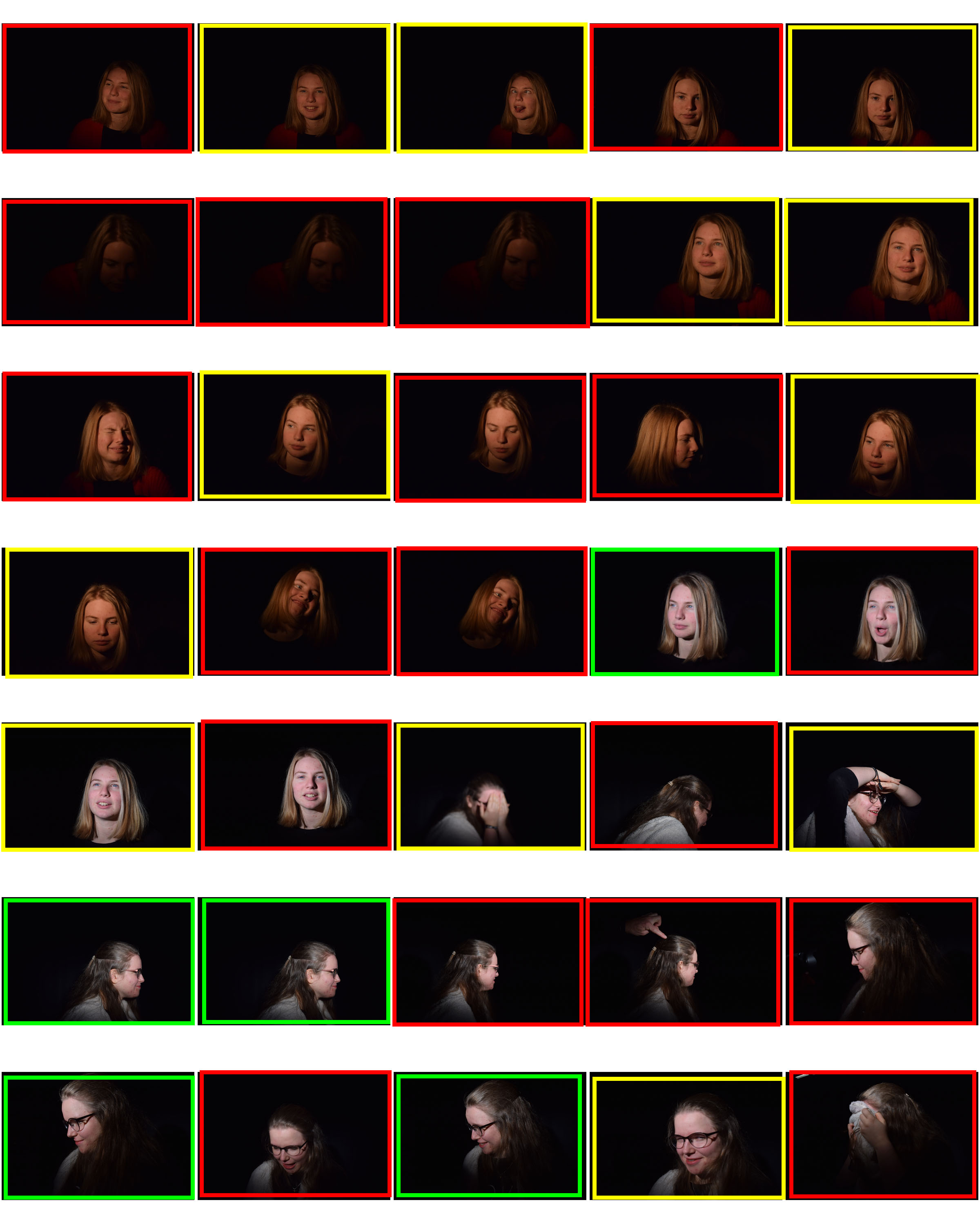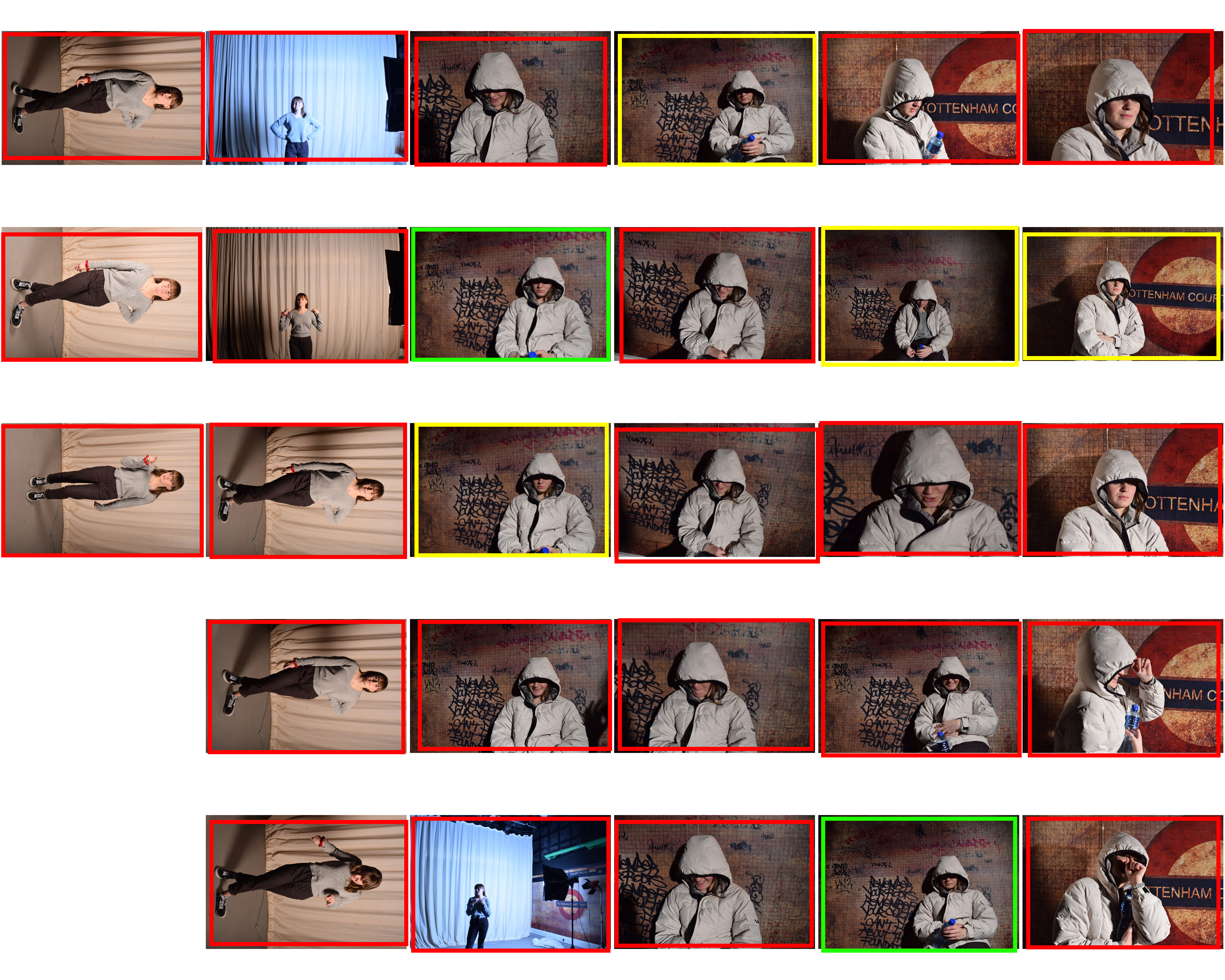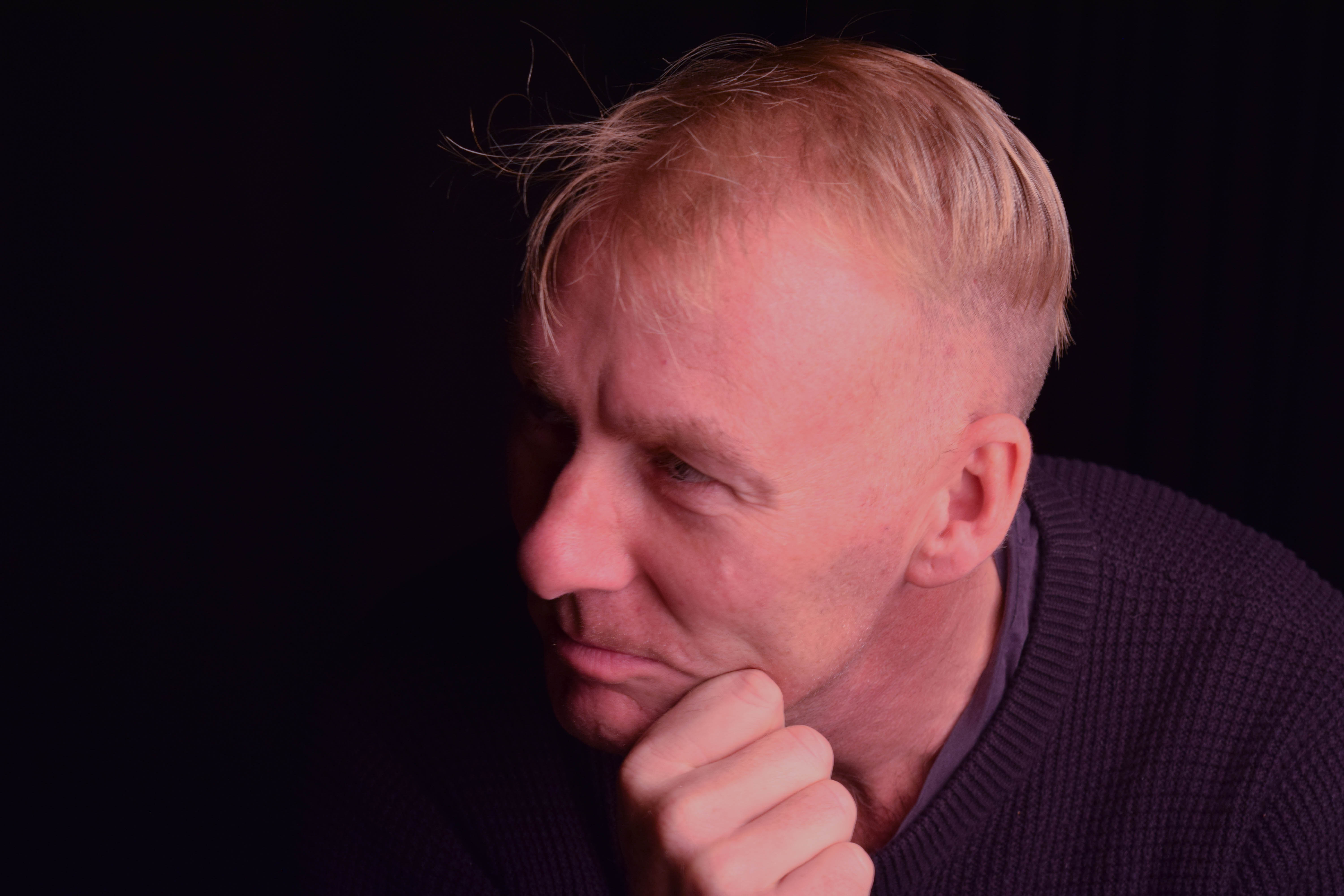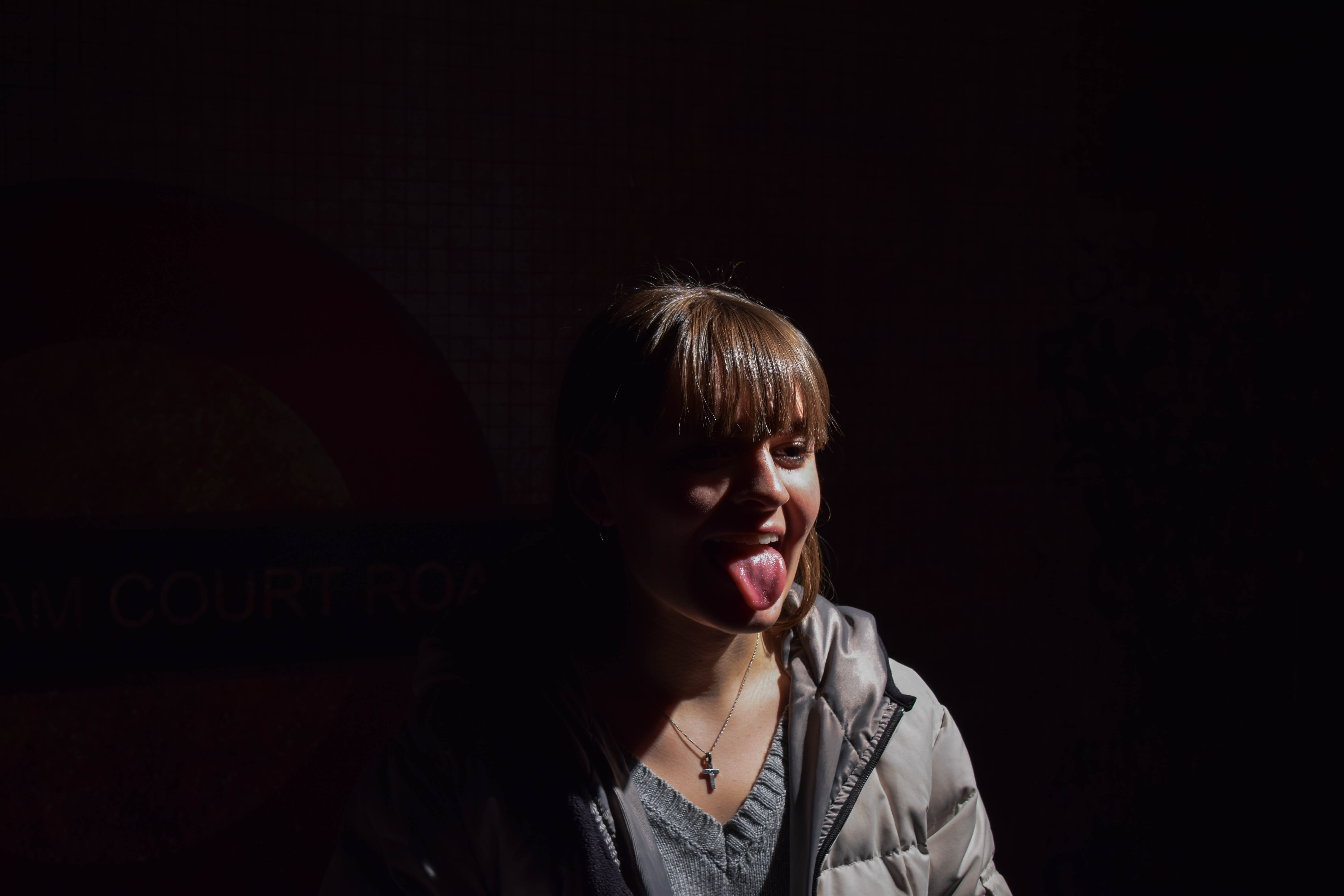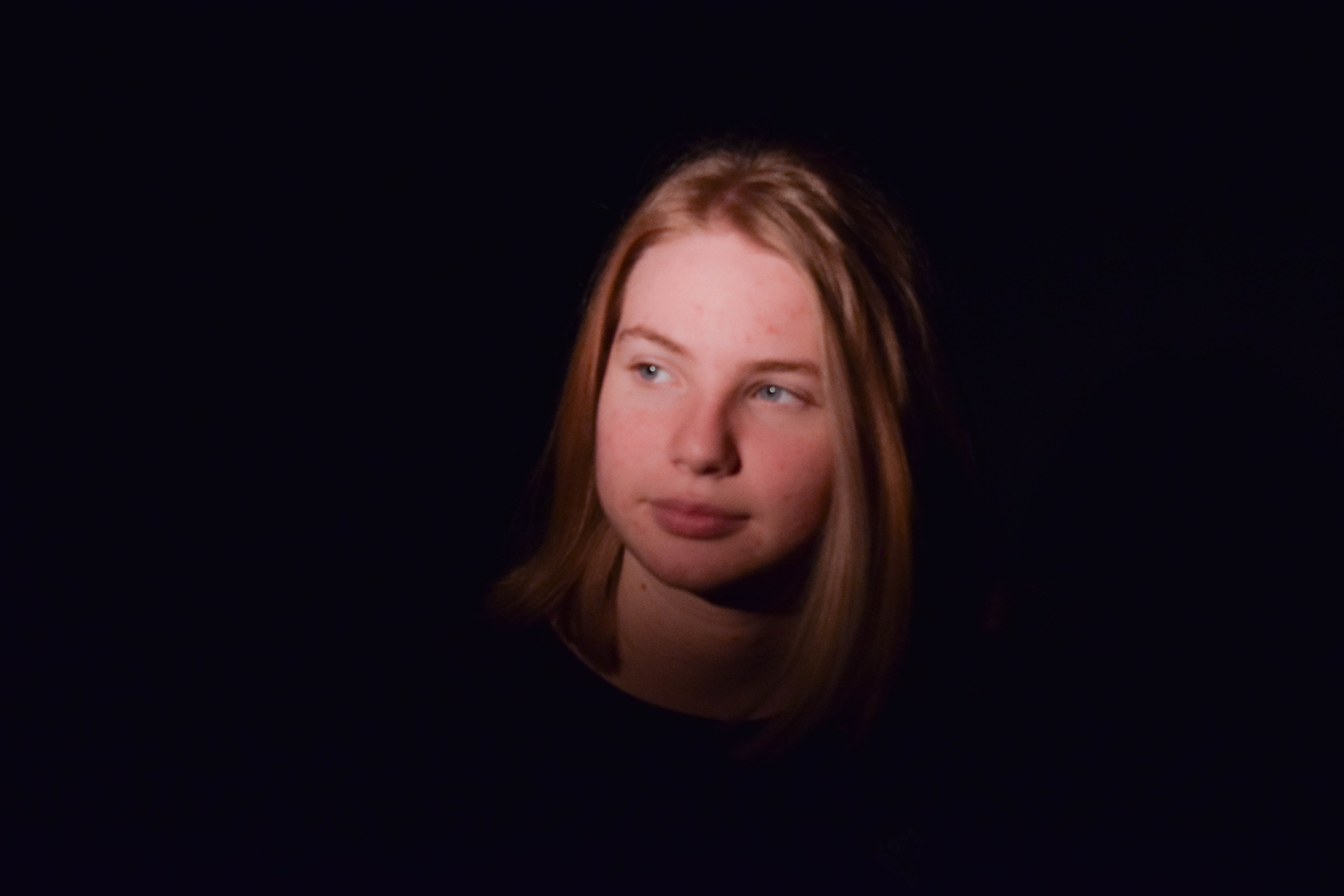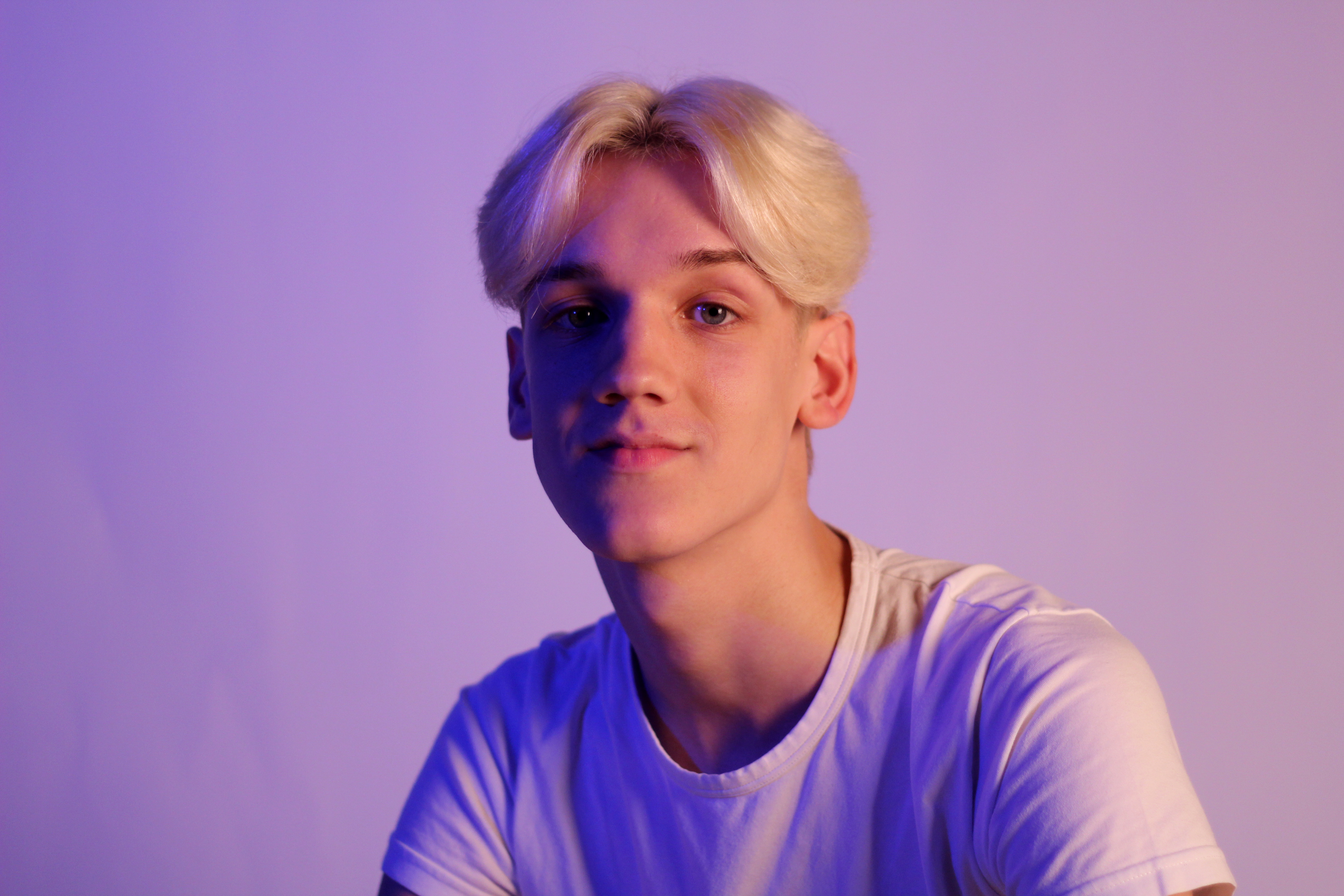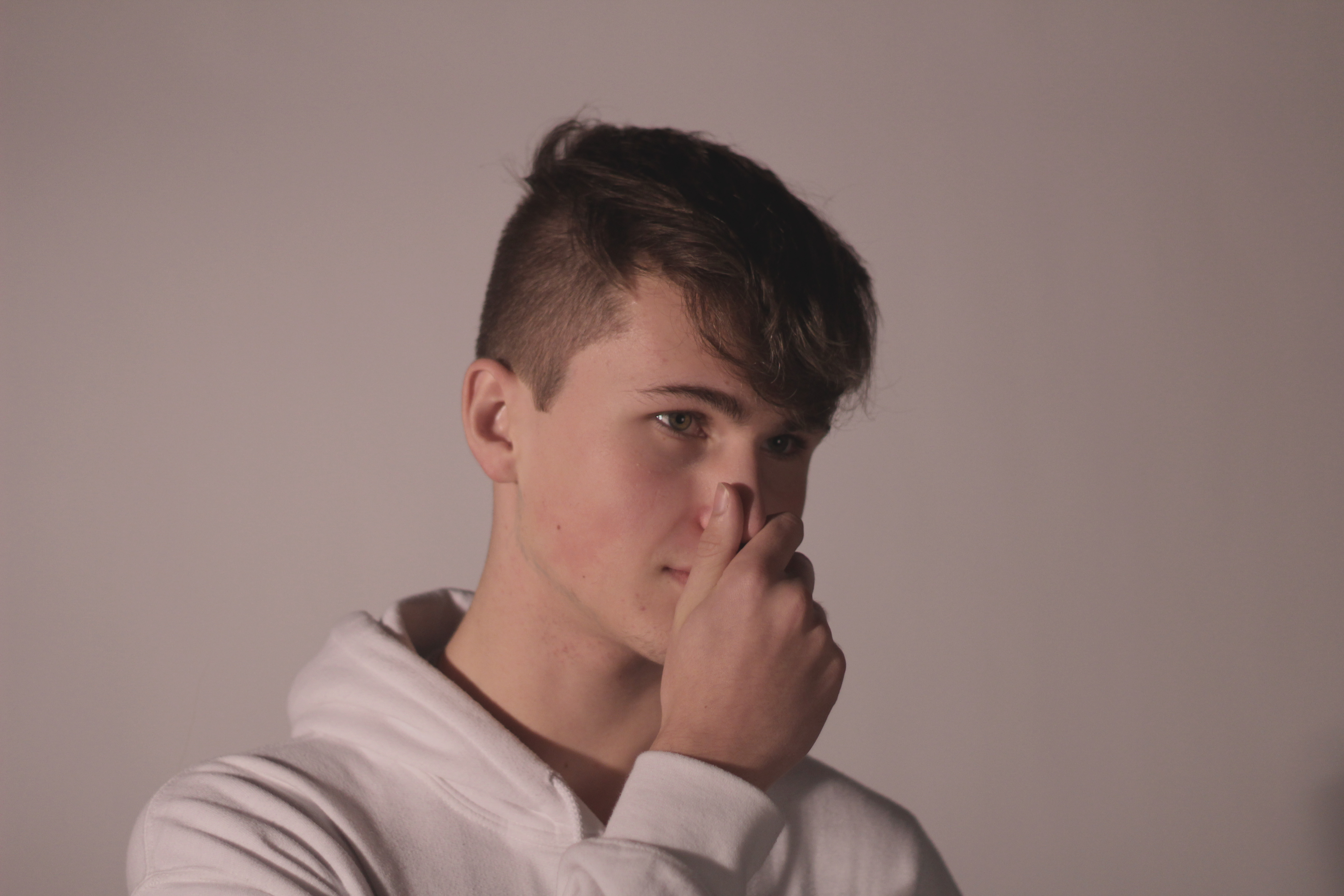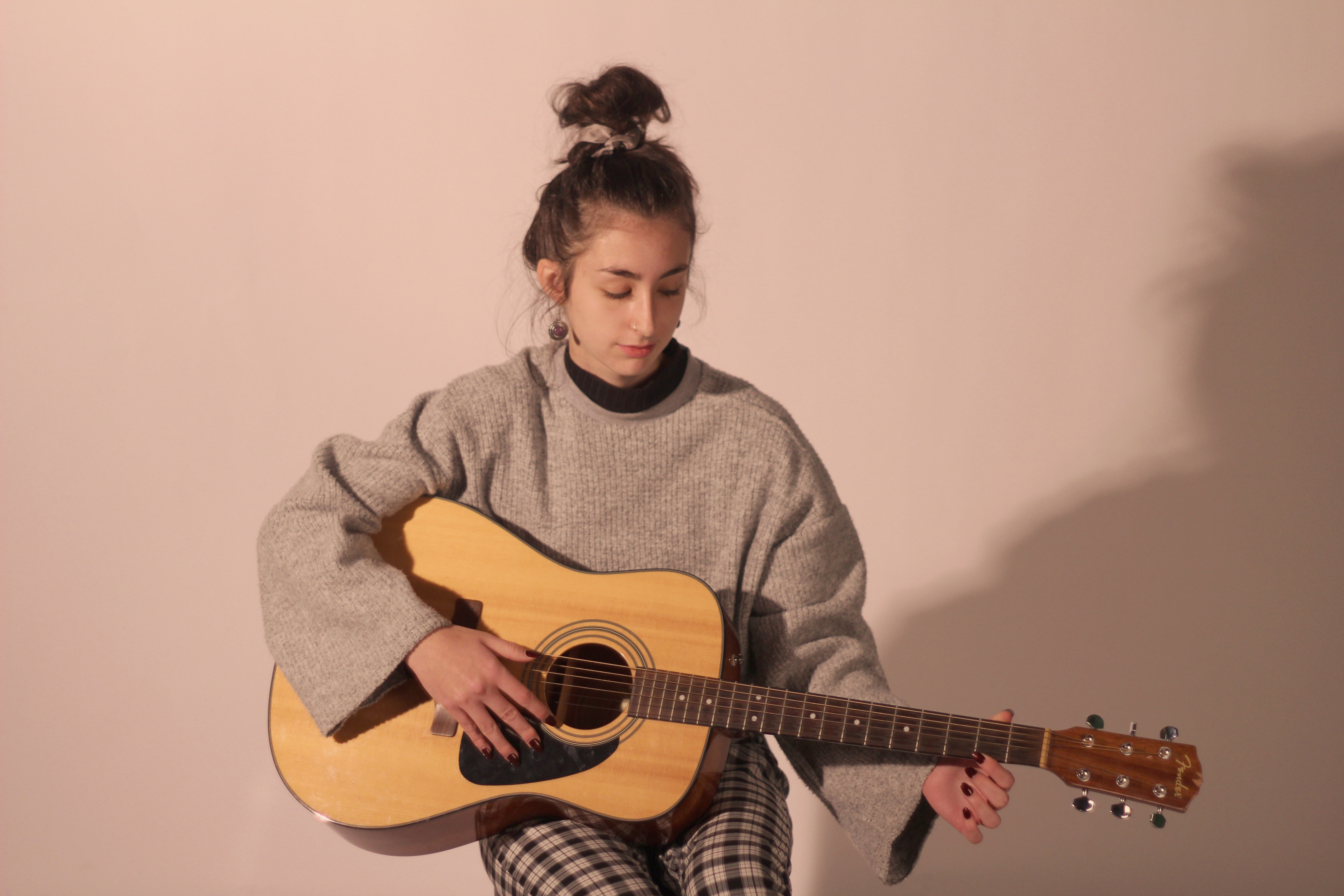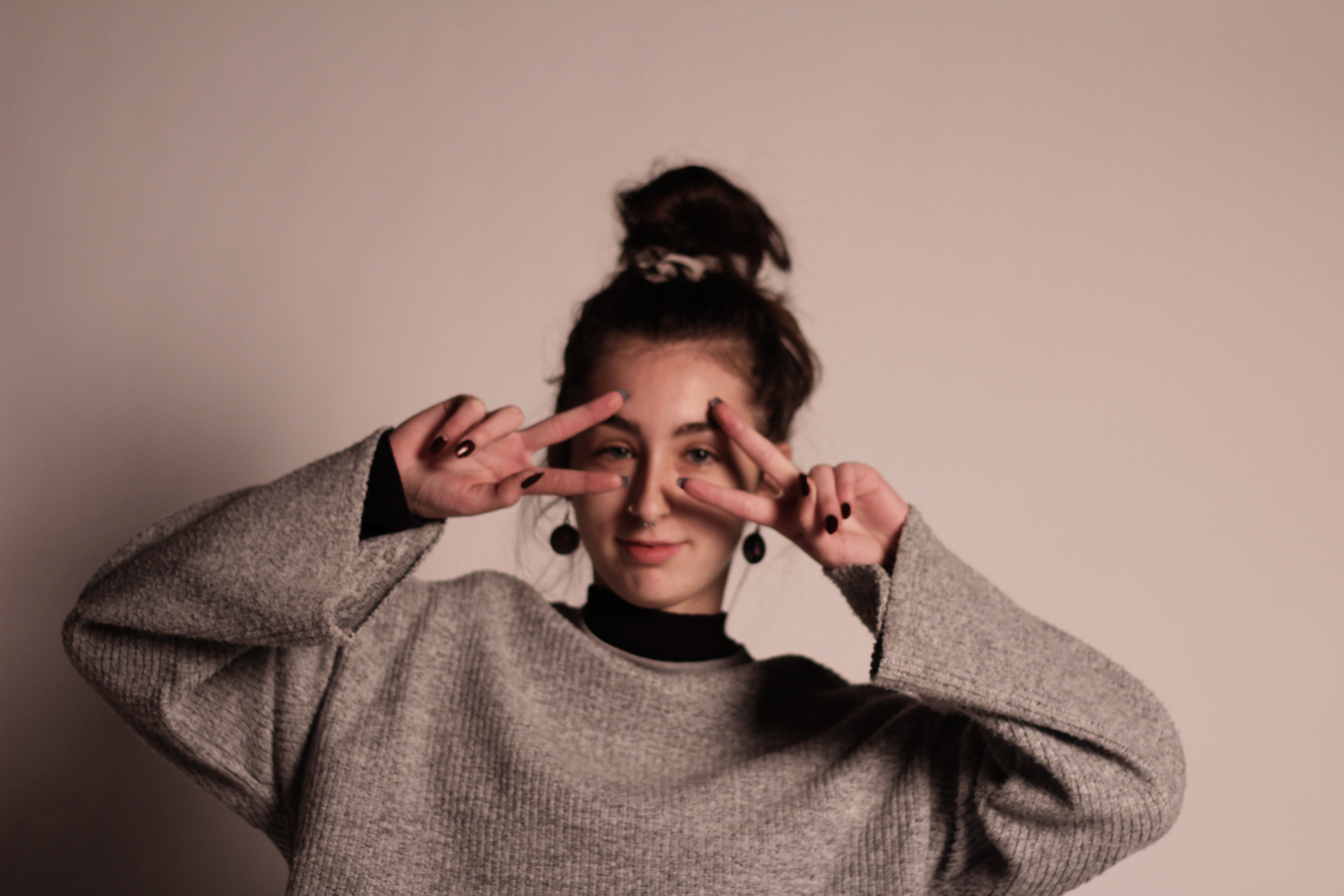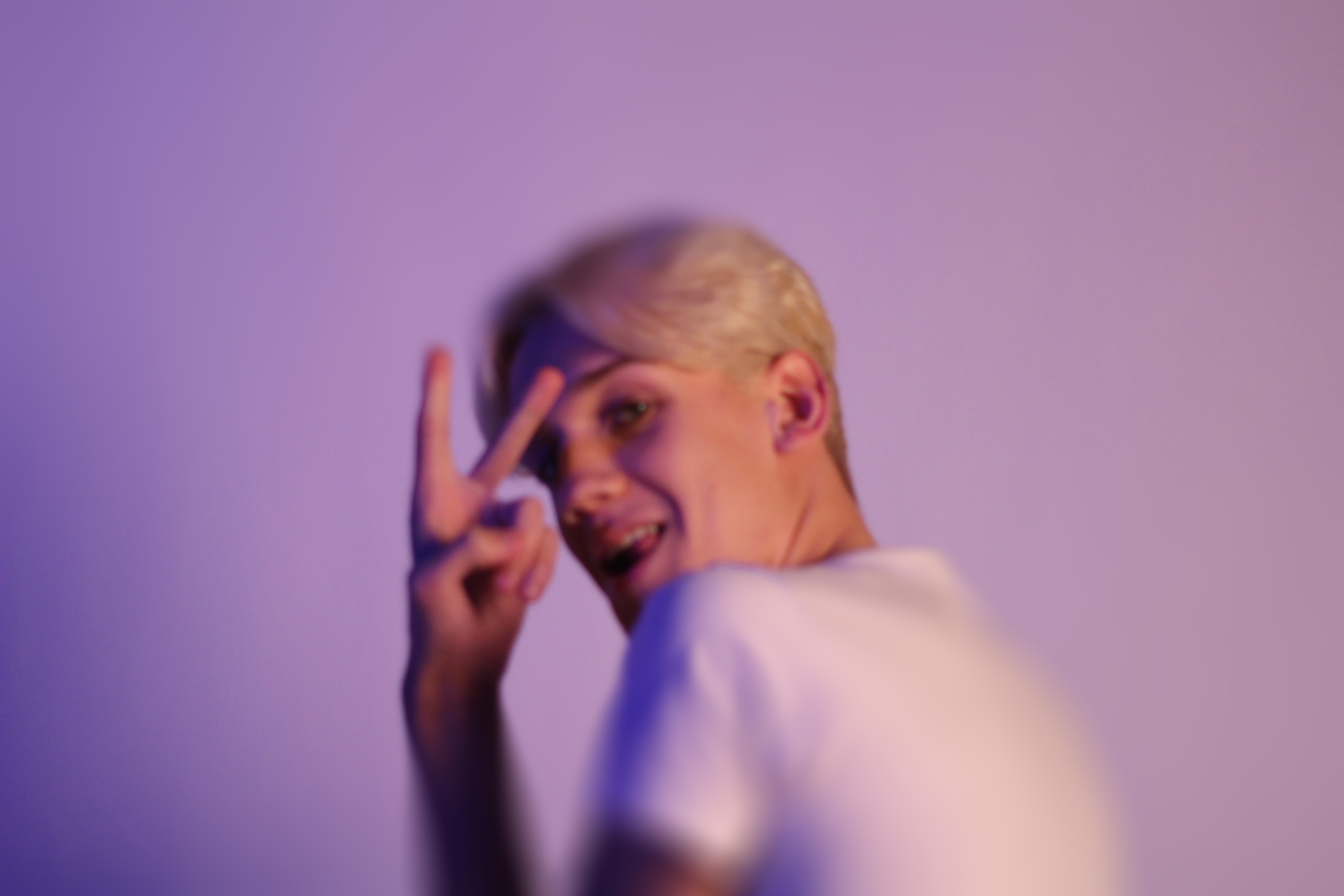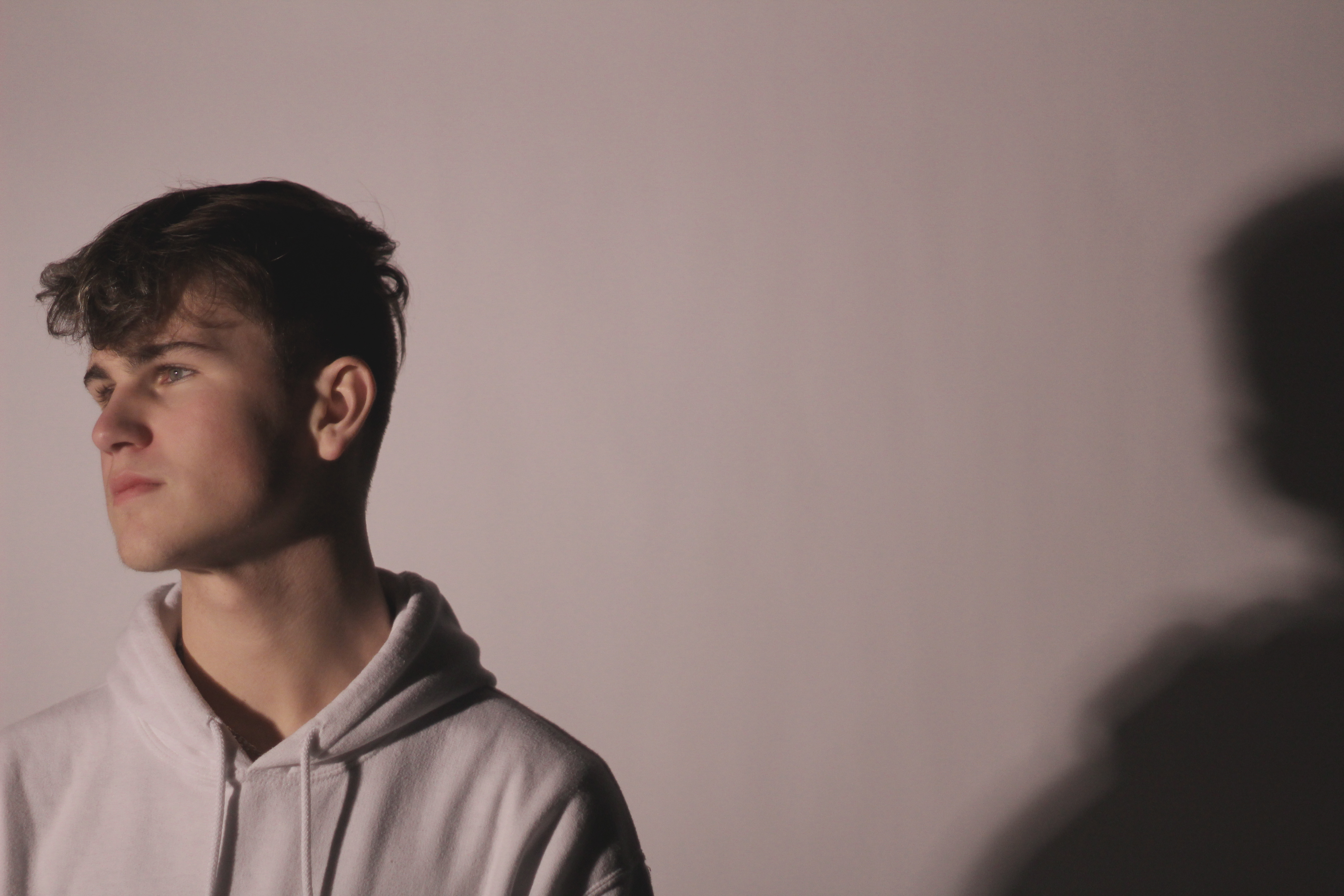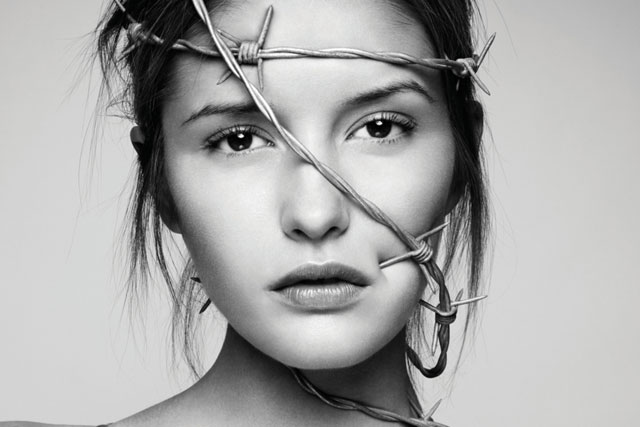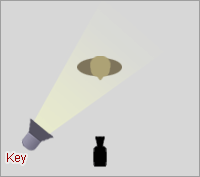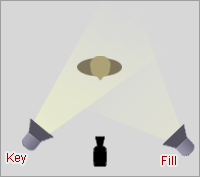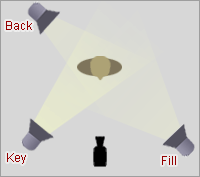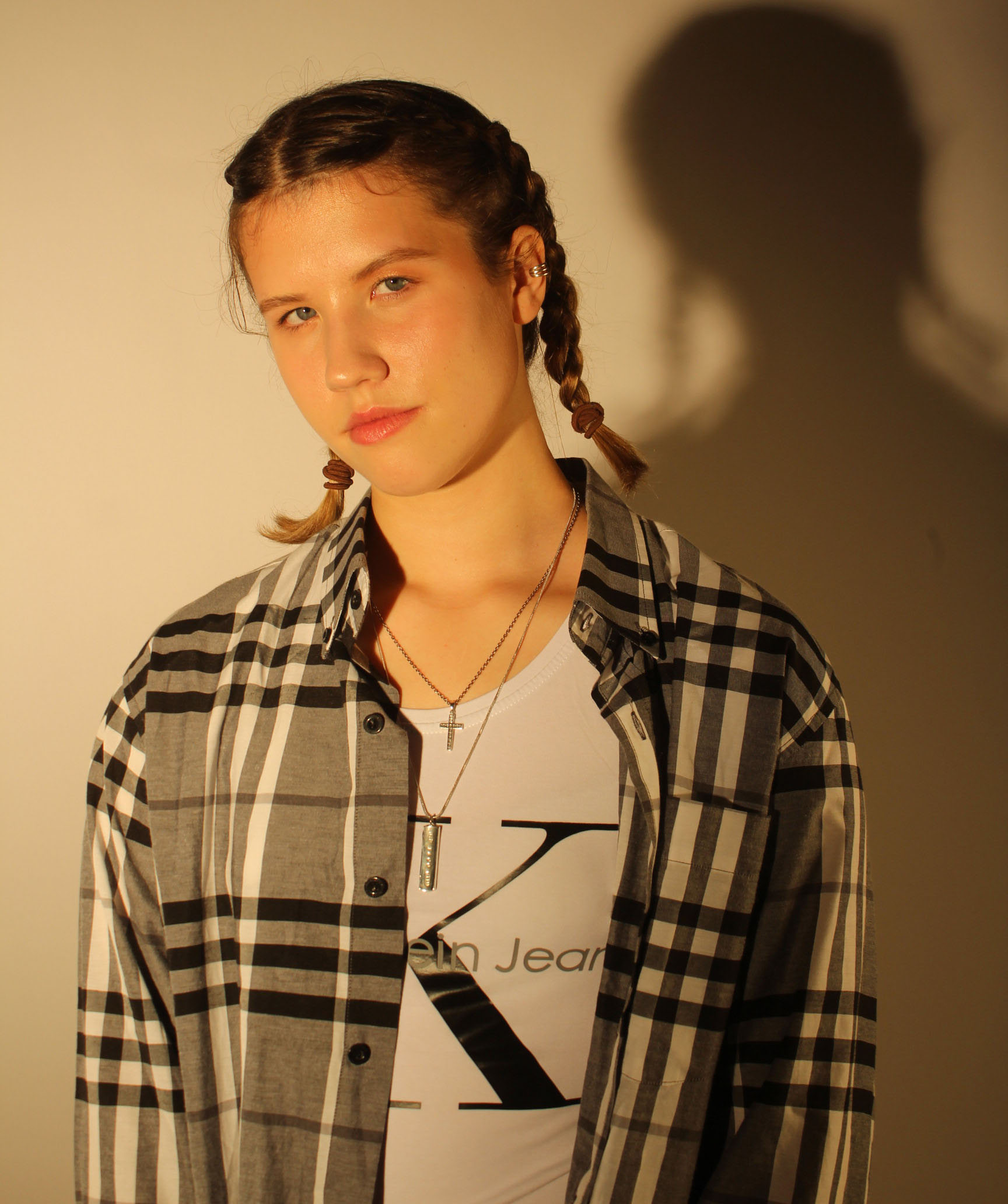Studio light
Studio lighting is artificial meaning that you can be very creative with portraiture. You can do things like changing the distance of the lights to create hard/soft lighting, Change the angle/direction of the lighting to create different effects, use directors/diffusers to manipulate the lighting and also make use of backdrops.
Chiaroscuro technique
This is a technique tat has been used in a lot of painting, most famously renaissance paintings. This technique is when there is a contrast between lighting on a subject. Usually, the light will illuminate one side of the face leaving the other side darker.
Chiaroscuro mood board
Below are some examples of this technique used in paintings and in portraiture photography.
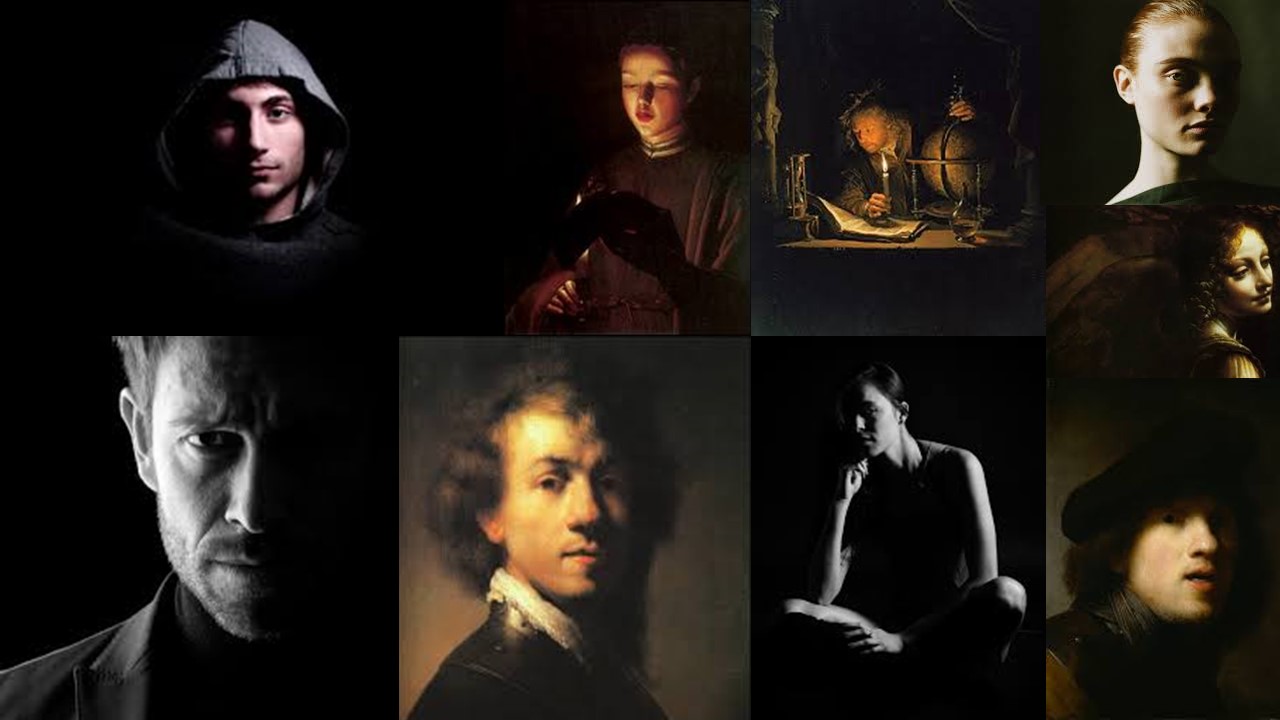
Contact sheets
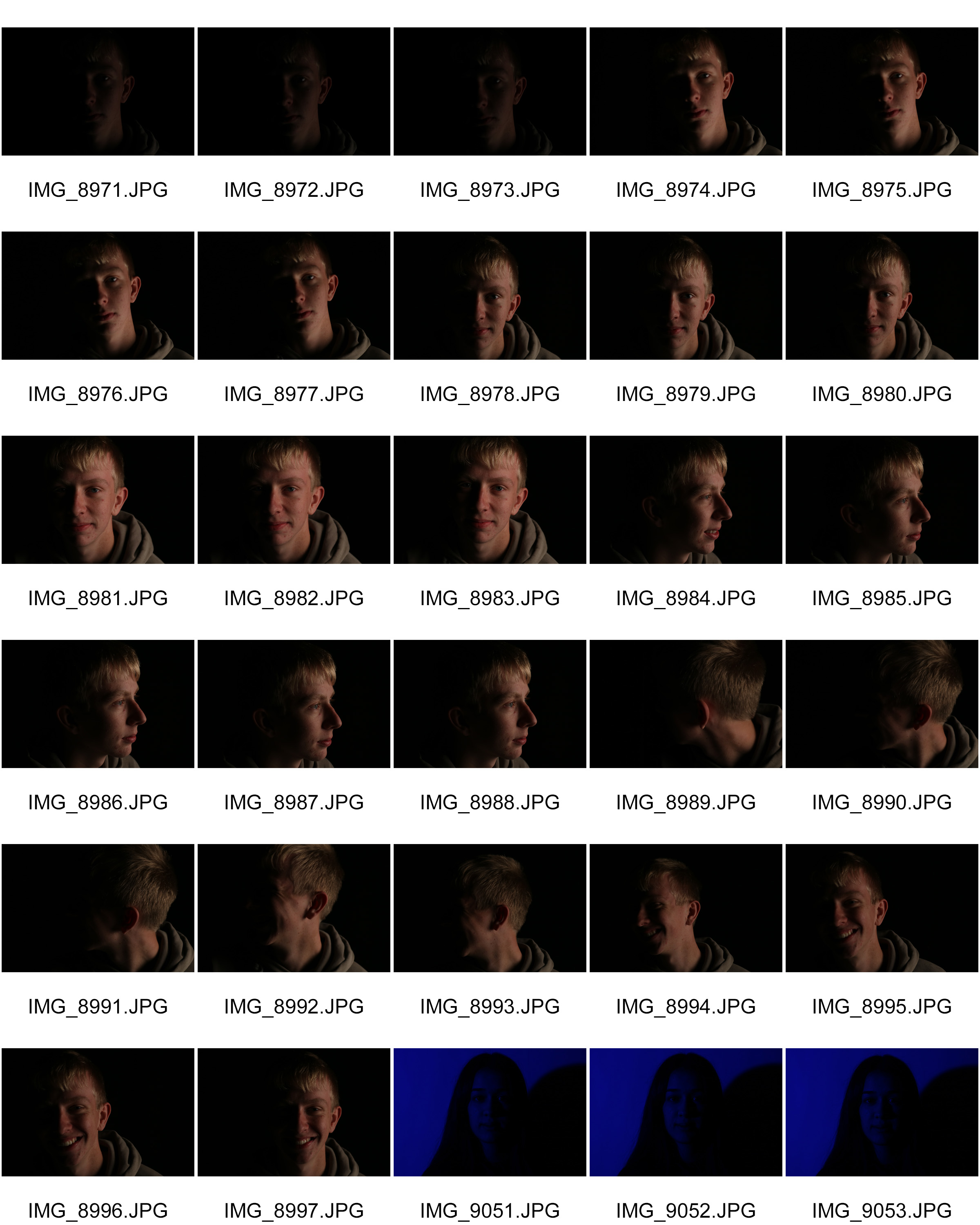
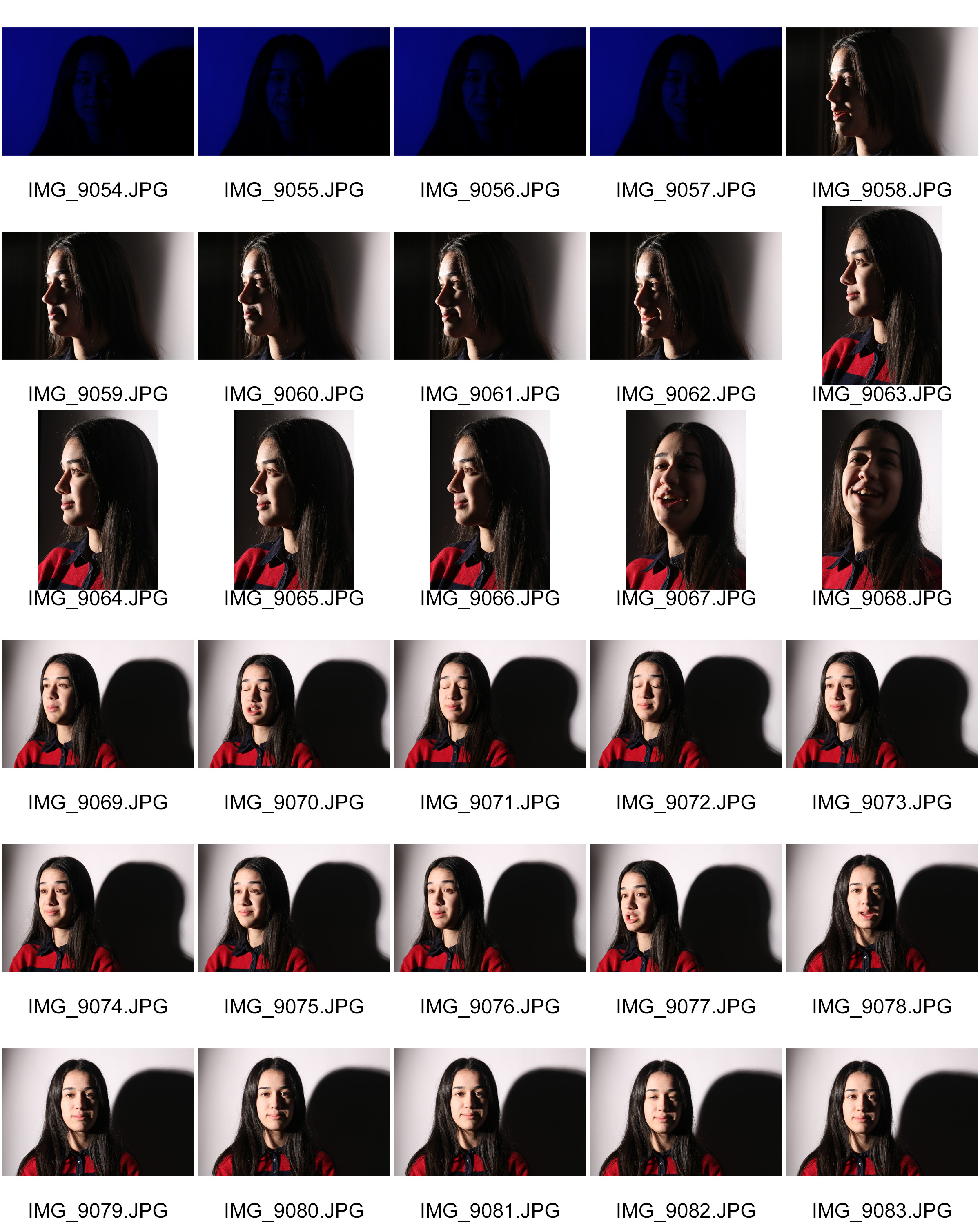
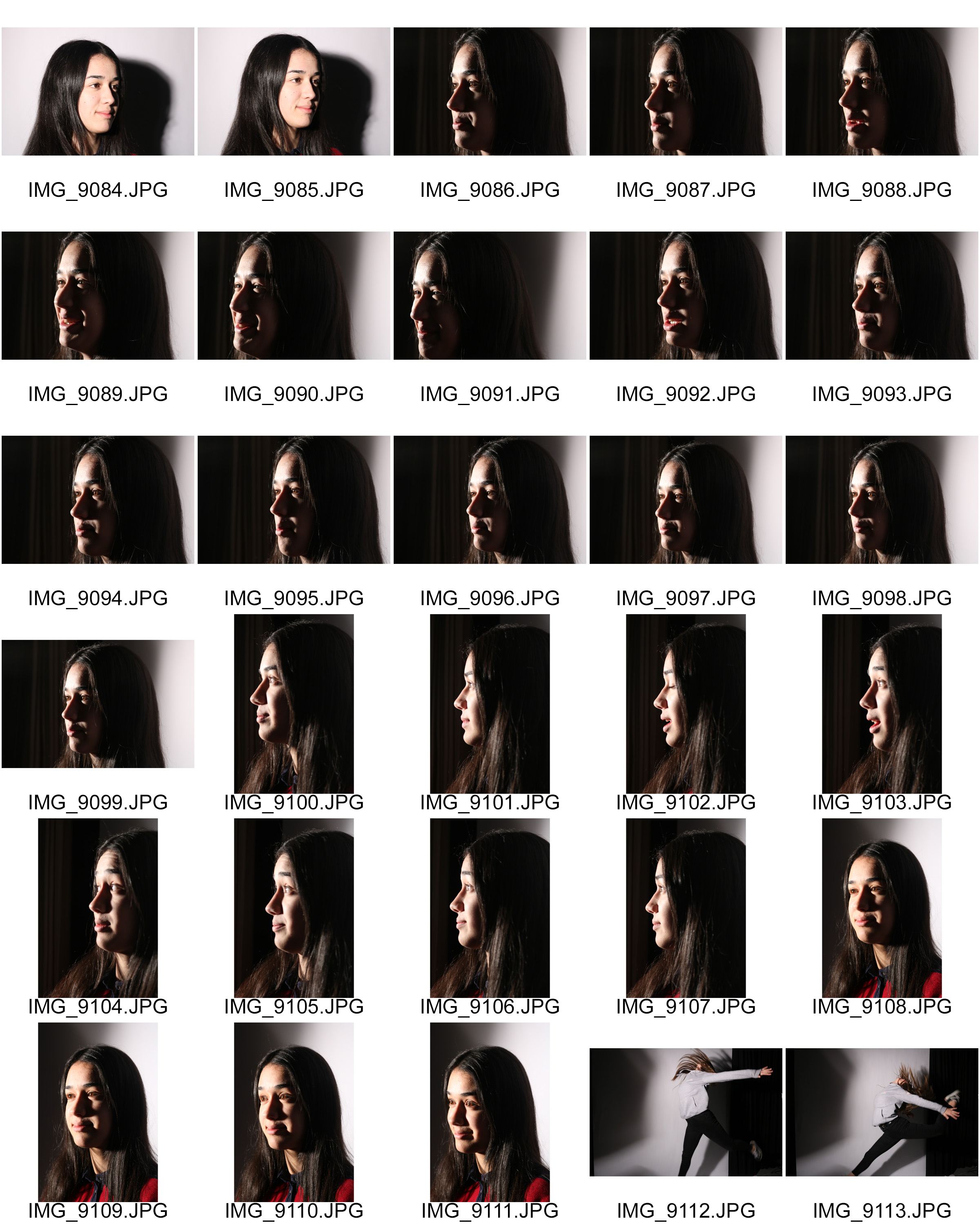
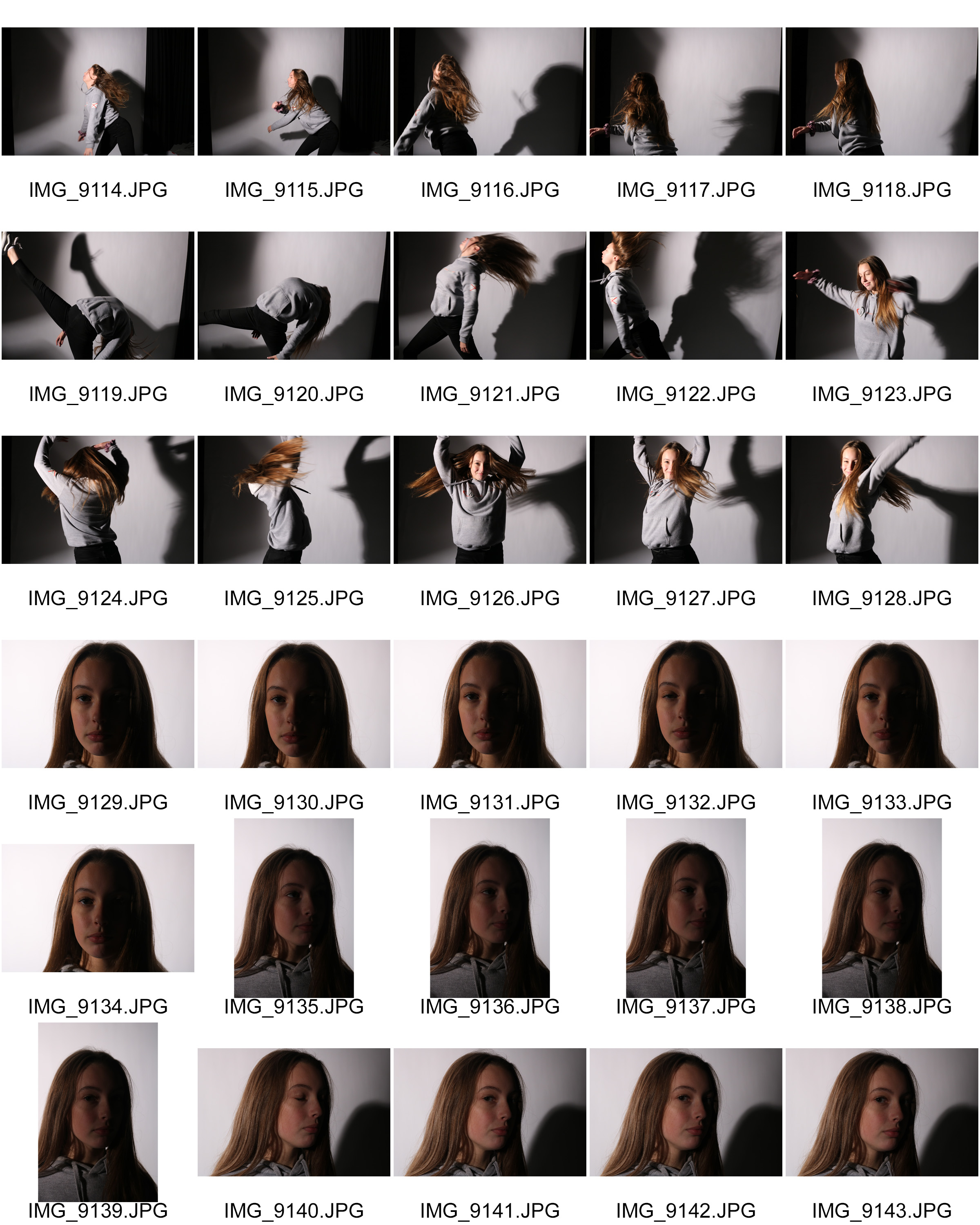
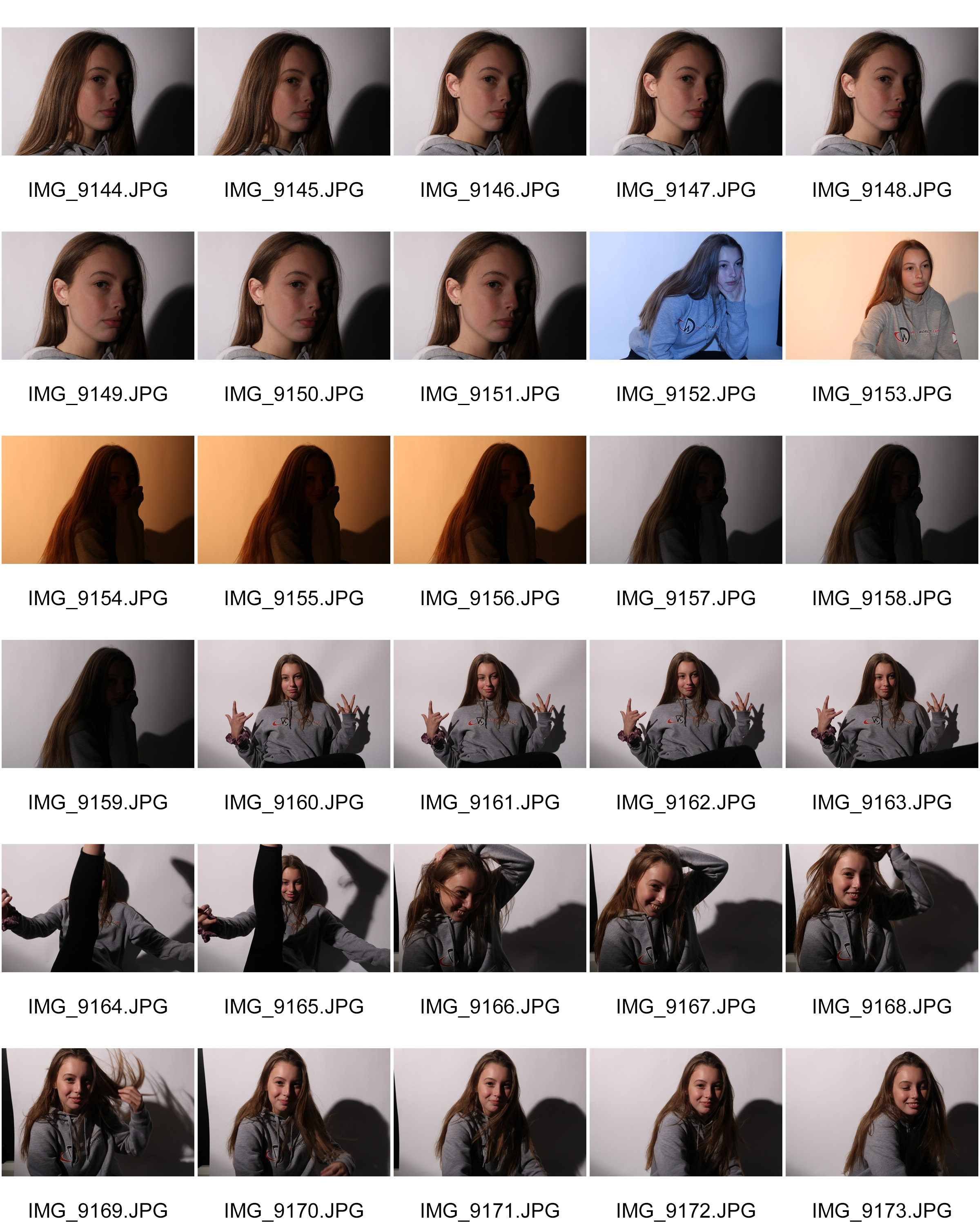
Best outcomes

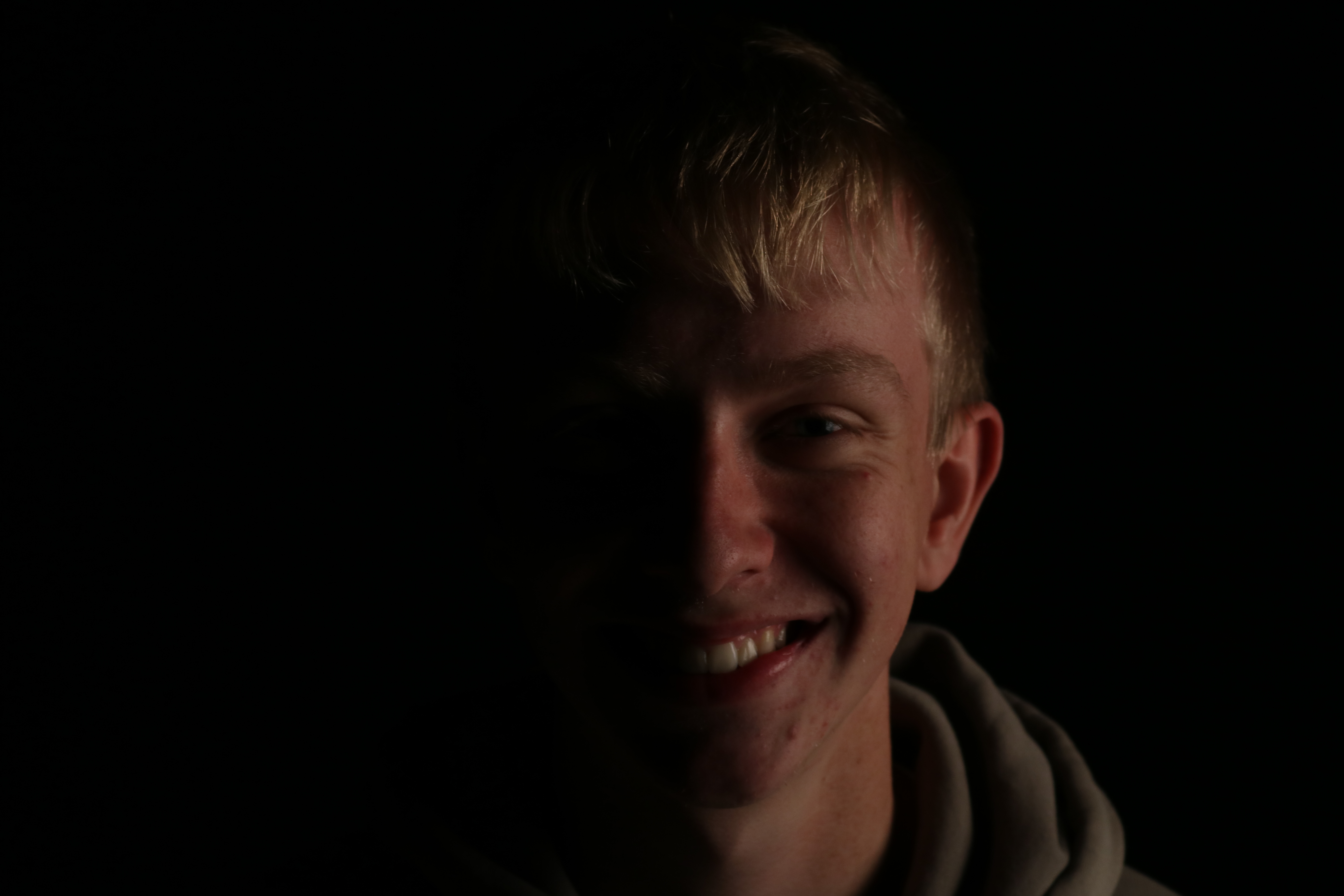
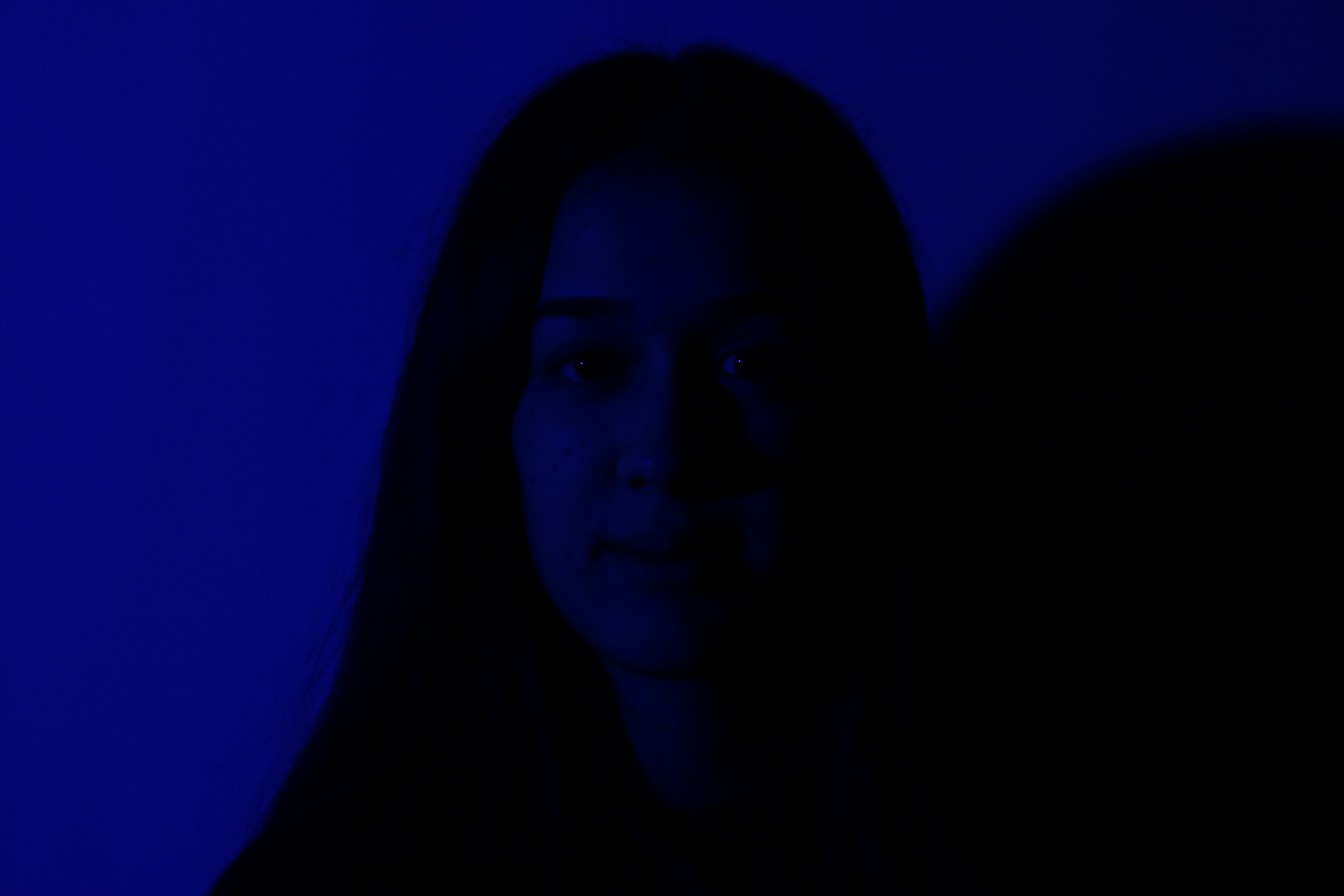
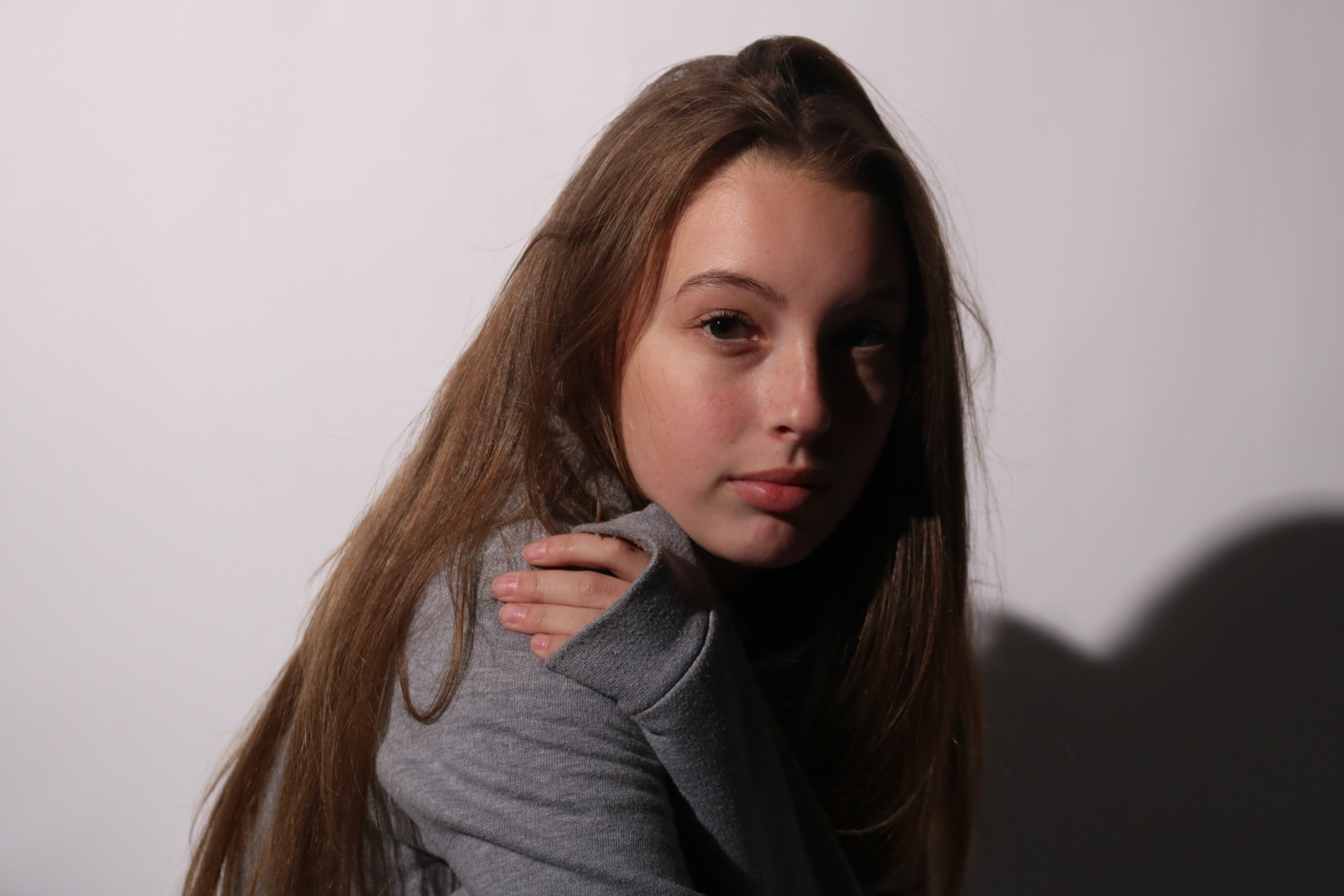
Analysing

Technical
The technical skills are what makes this image successful. To take this image I used Chiaroscuro lighting, so that half of the subject’s face was lit, and the other half was shadowed. In order to do this I placed a spot light with a cover over it in order to make the lighting softer, on the subject’s left side. I made sure that it was placed directly to the side of him so that when I stood in from on him with my camera, only half of his face would be shadowed in order to successfully use Chiaroscuro lighting.
My ISO was set to 400, as I noticed that anything under that made my image far too low key and underexposed. My shutter speed was set to 1/200, which through trial and error I realised was the best shutter speed because it wasn’t too slow that my images were blurry and over exposed, and it wasn’t too quick that my images turned out under exposed.
Visual
Visually I think this photo is very aesthetically pleasing. The subject is perfect framed in the centre, so that your eye is directly drawn to him. The powerful contrast between the lighting and the shadow also helps make the image successful as they are perfectly proportioned, as both the shadow and lighting each cover half of the face. The use of the black backdrop also makes the photo very pleasing to the eye as it doesn’t cause any distraction that would take the audience’s eye off the foreground. It makes the image successful as it blends in with the shadow on the half of the model’s face, creating an almost sort of illusion.

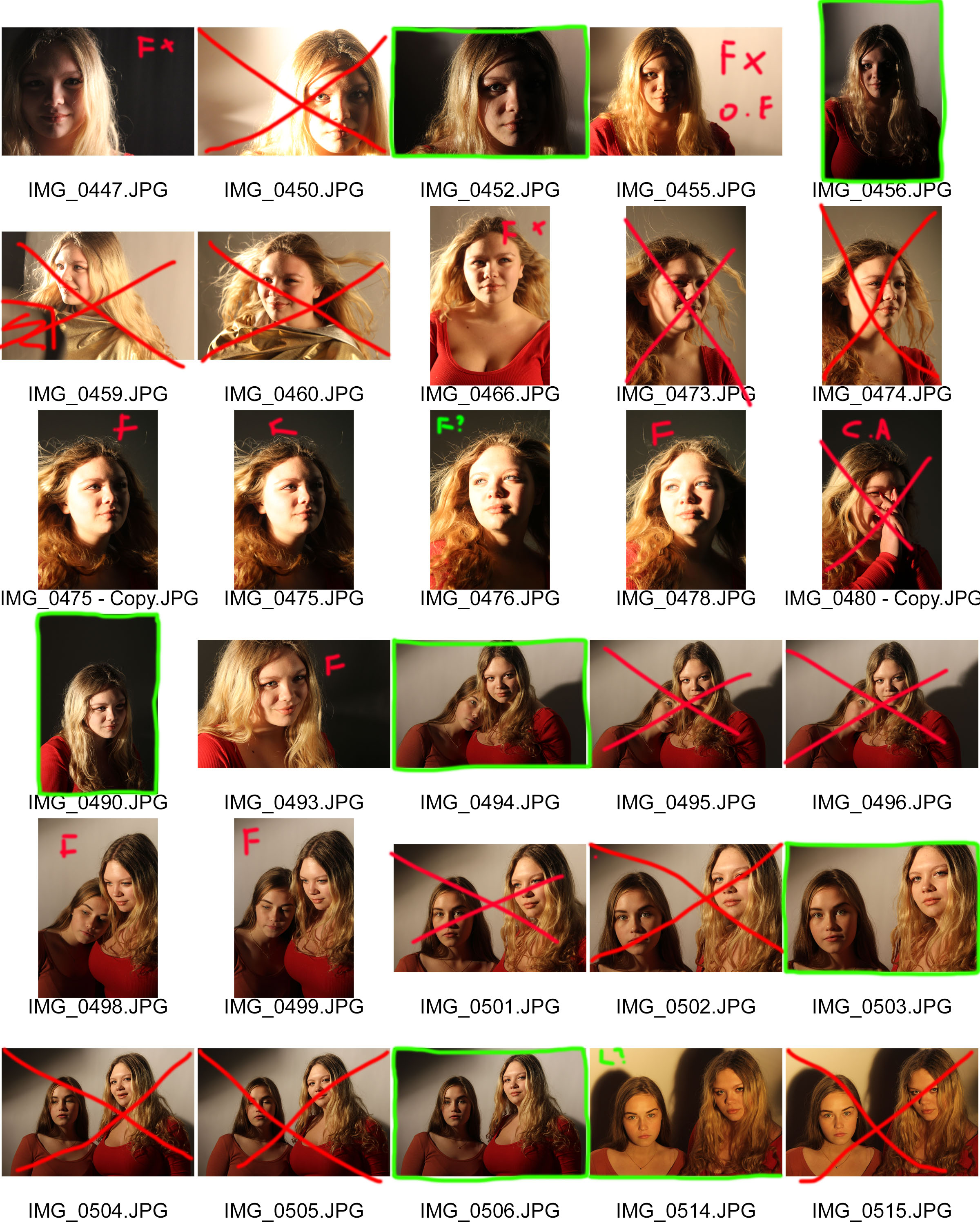
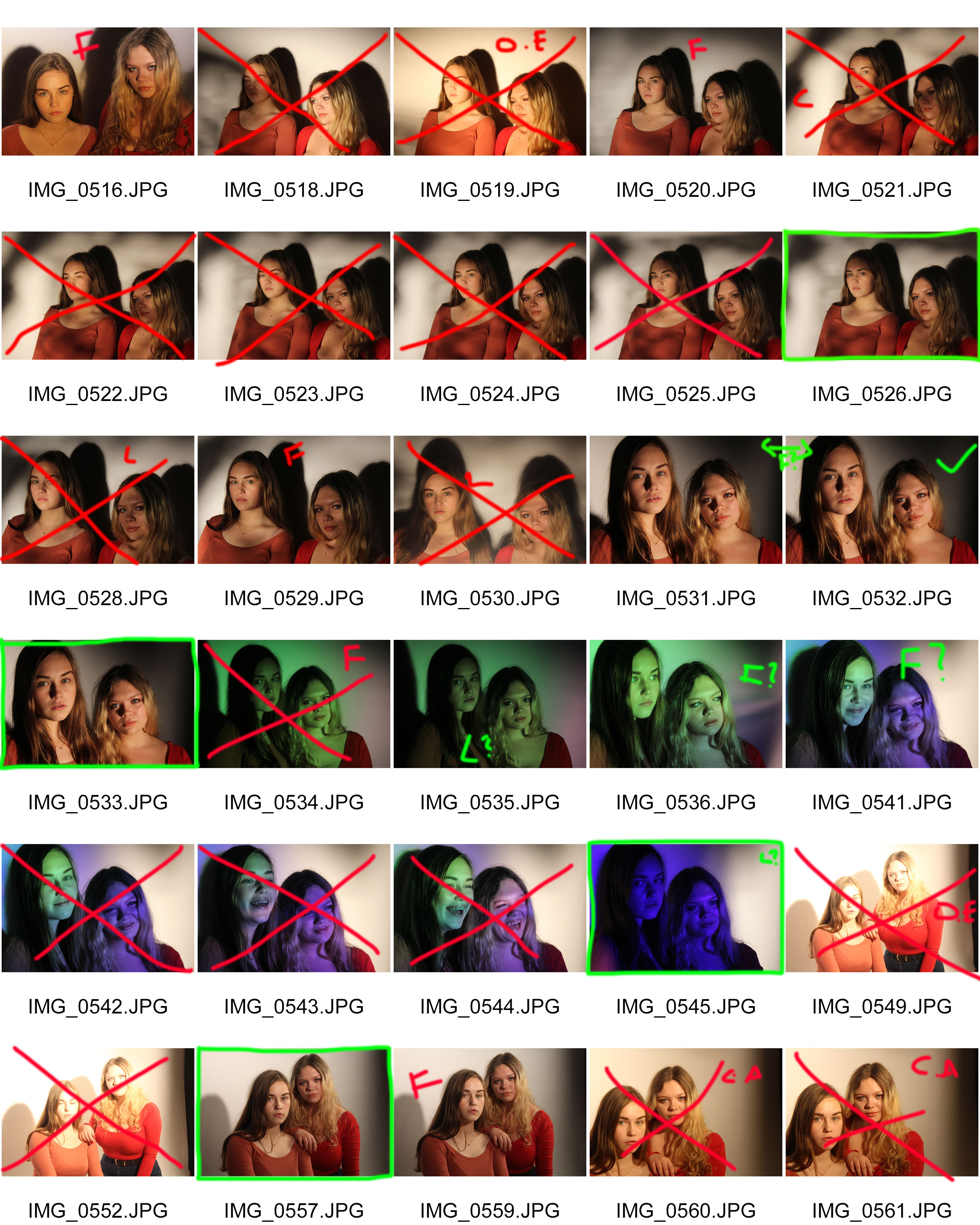


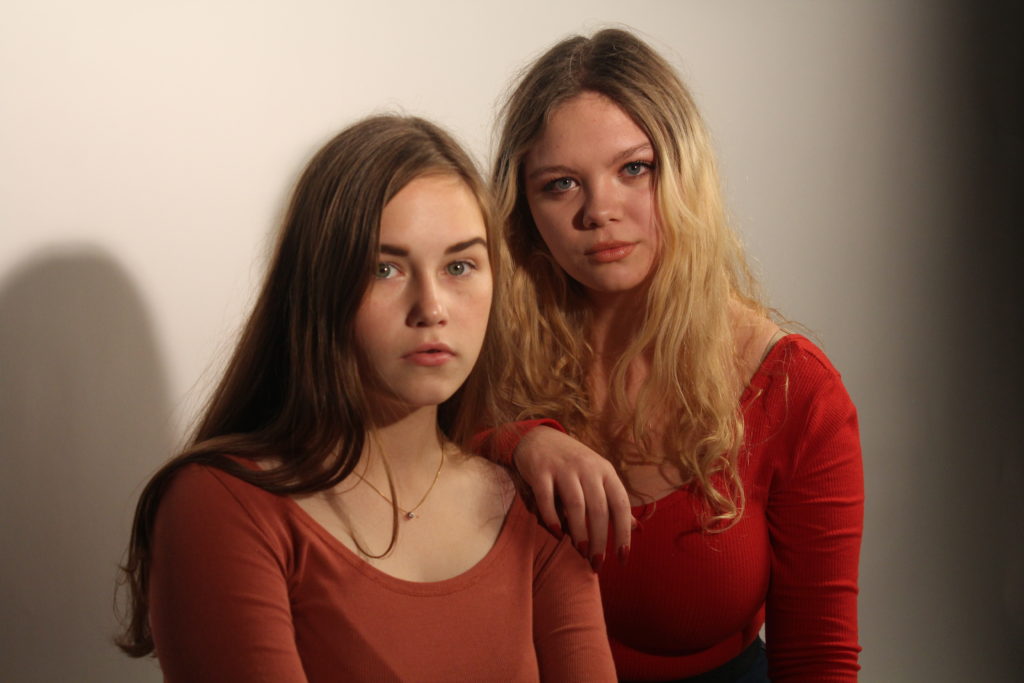
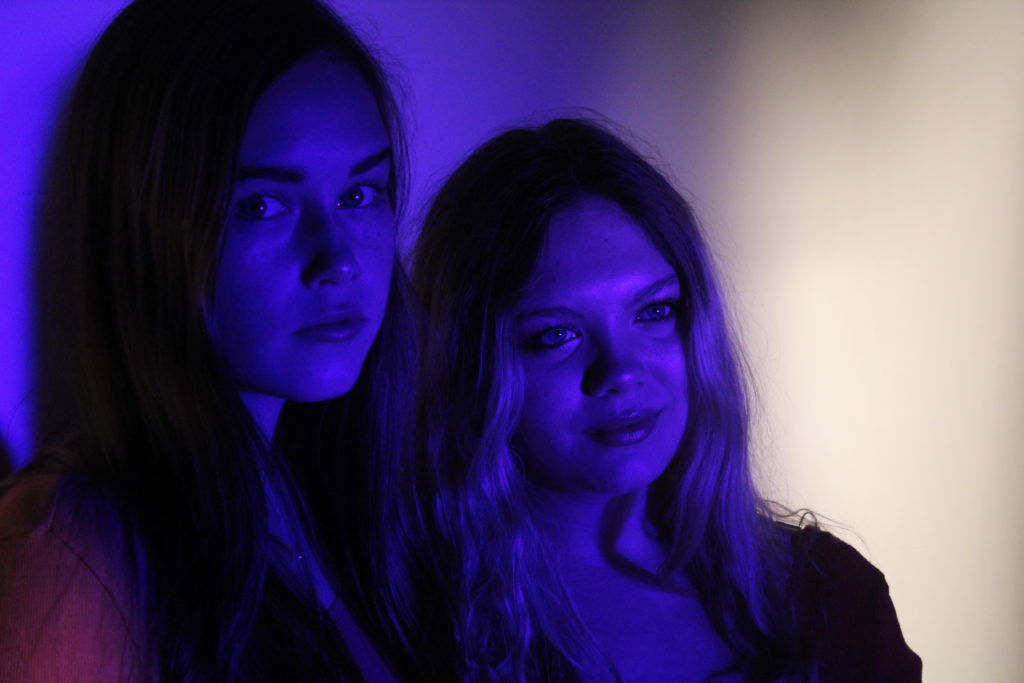
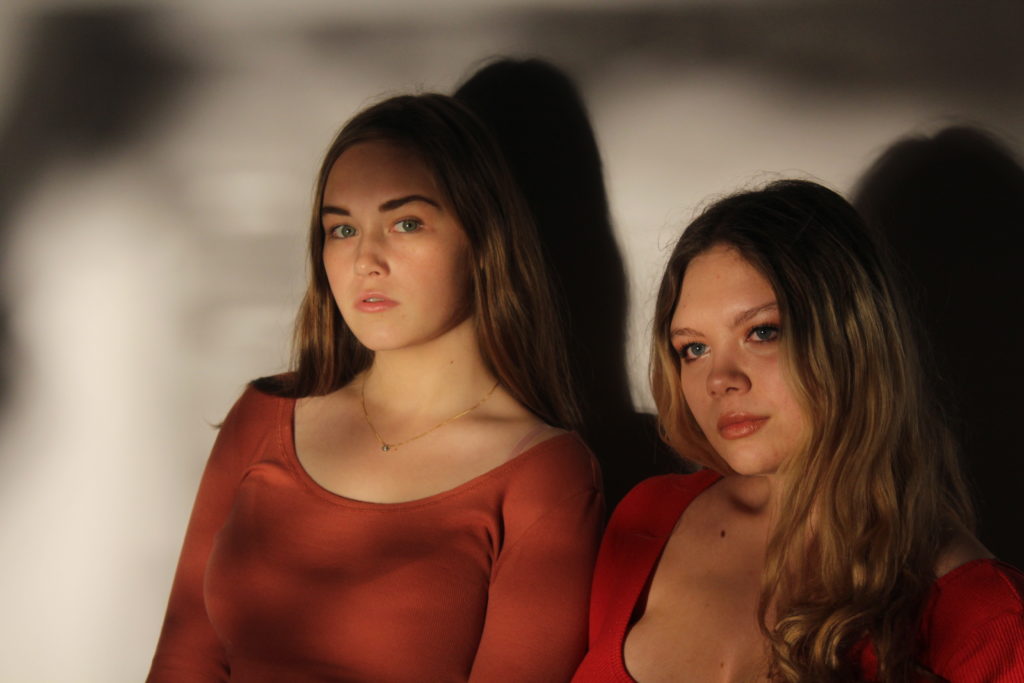


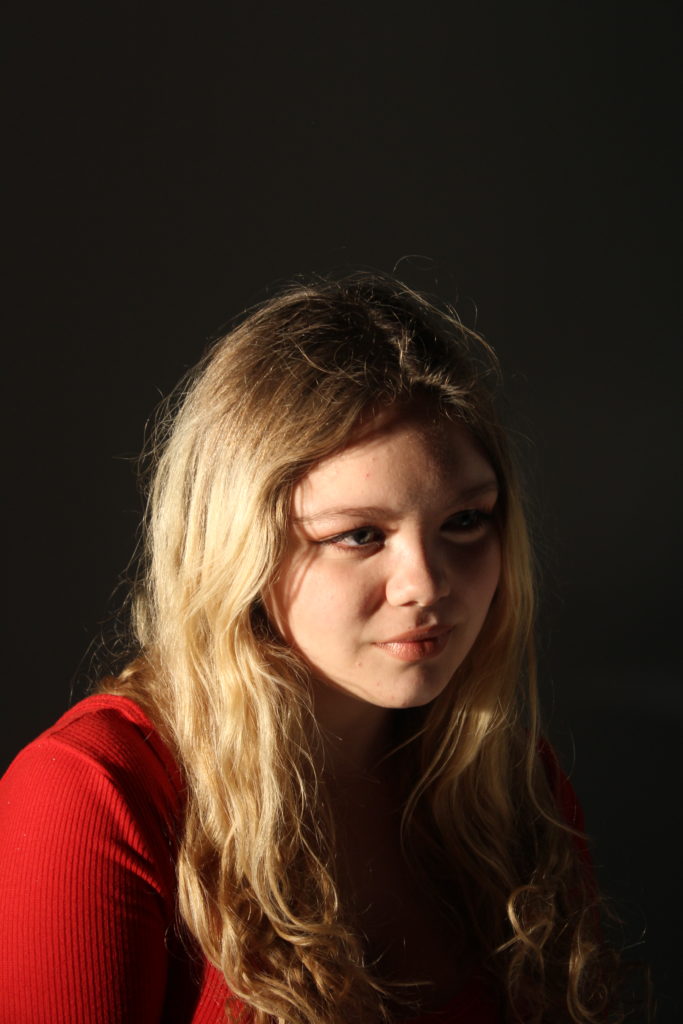
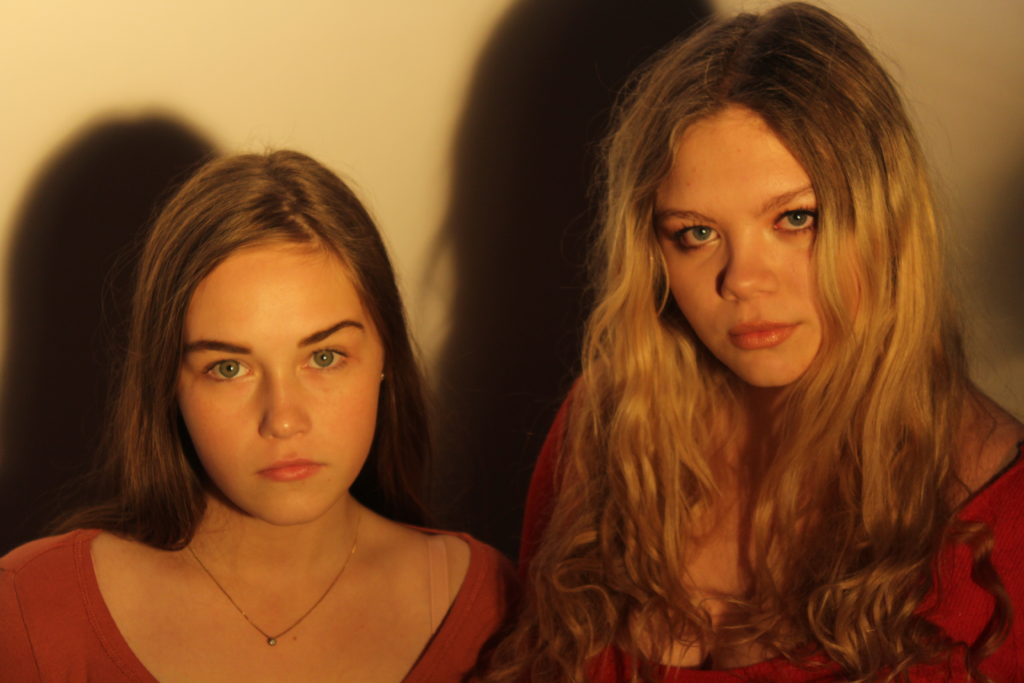

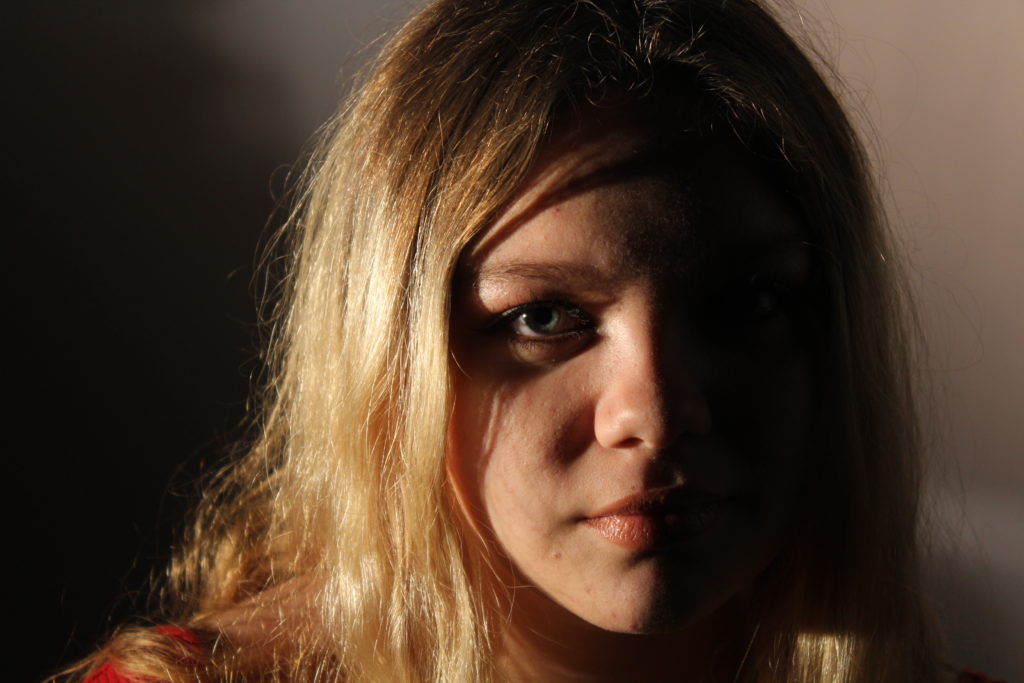

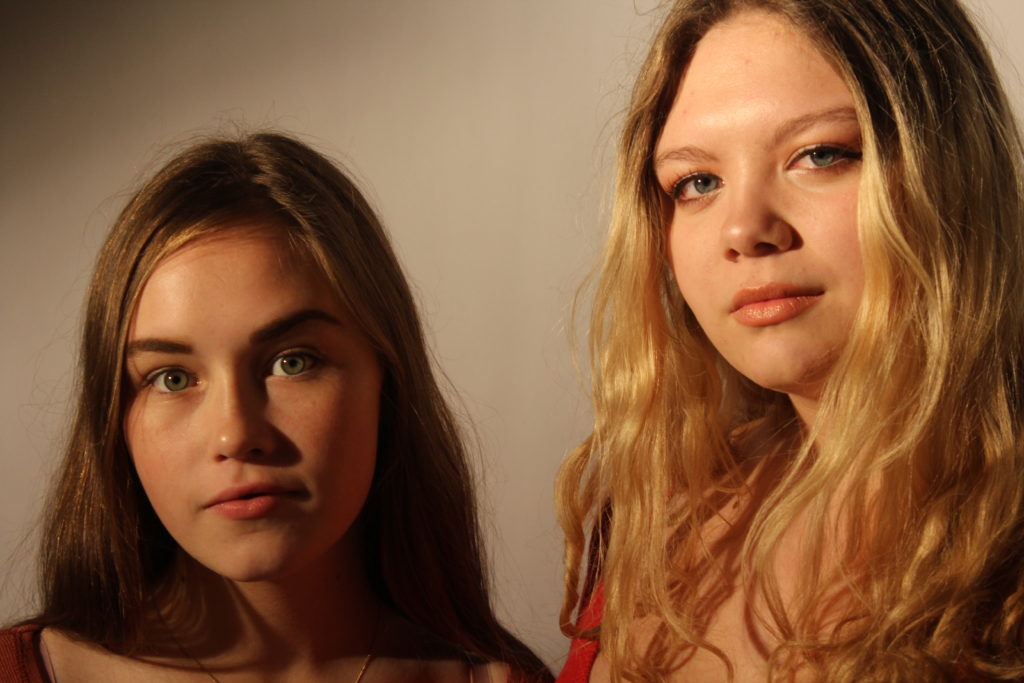

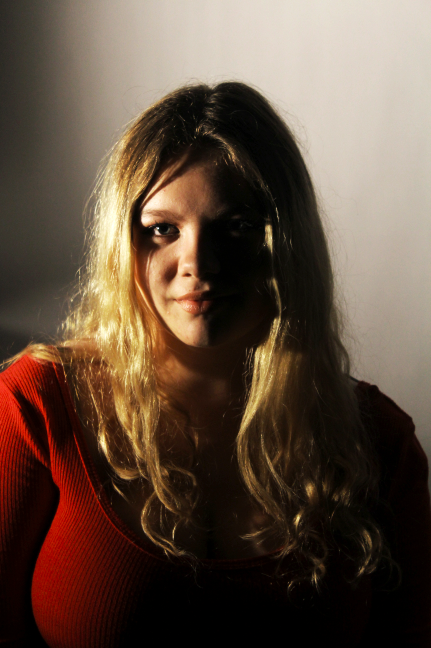

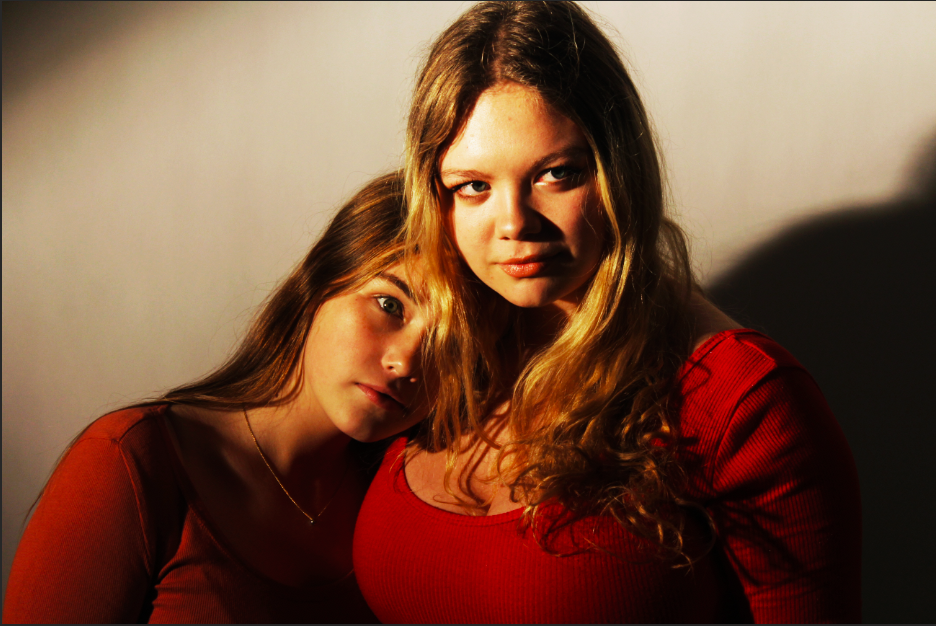
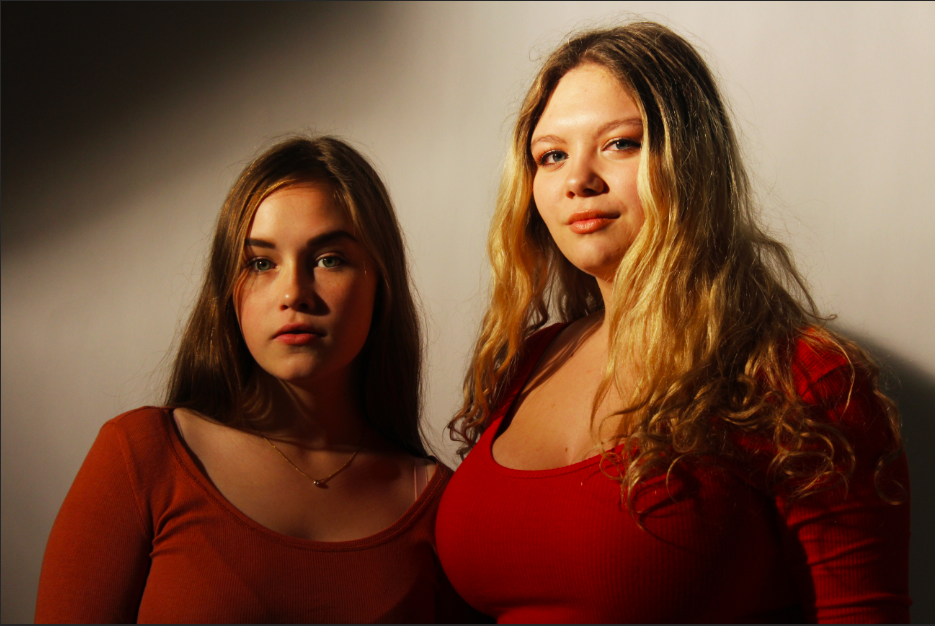
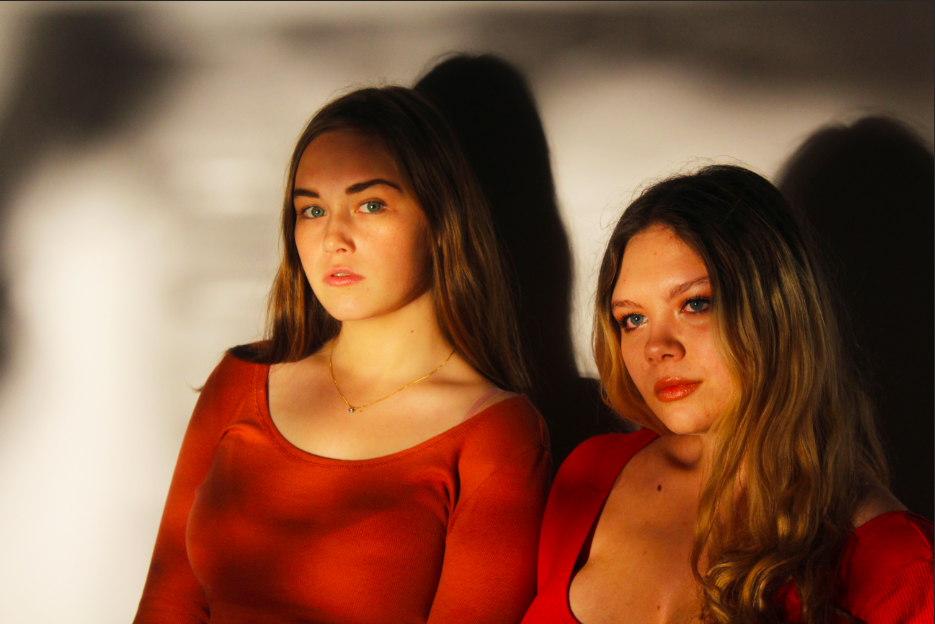
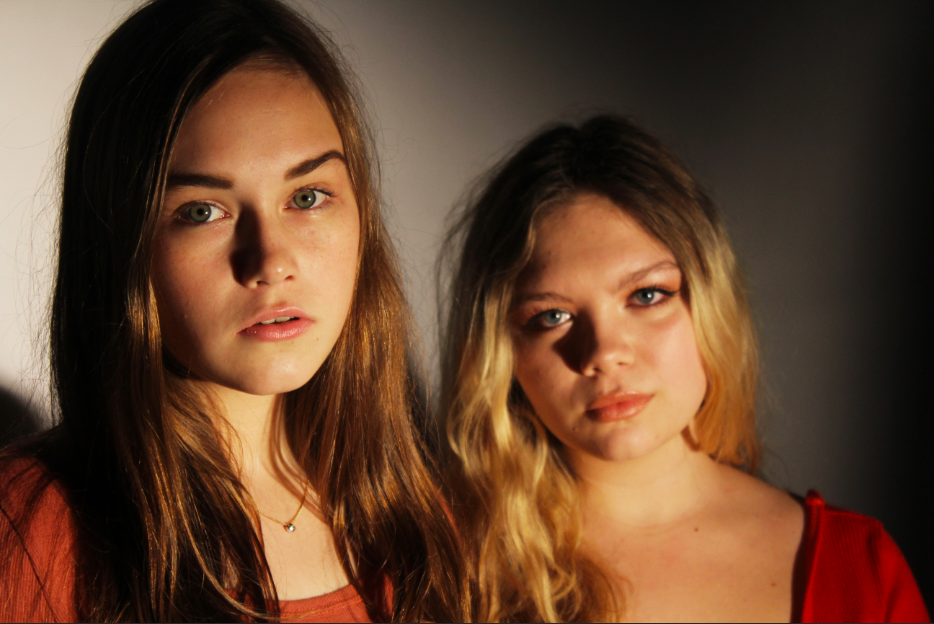
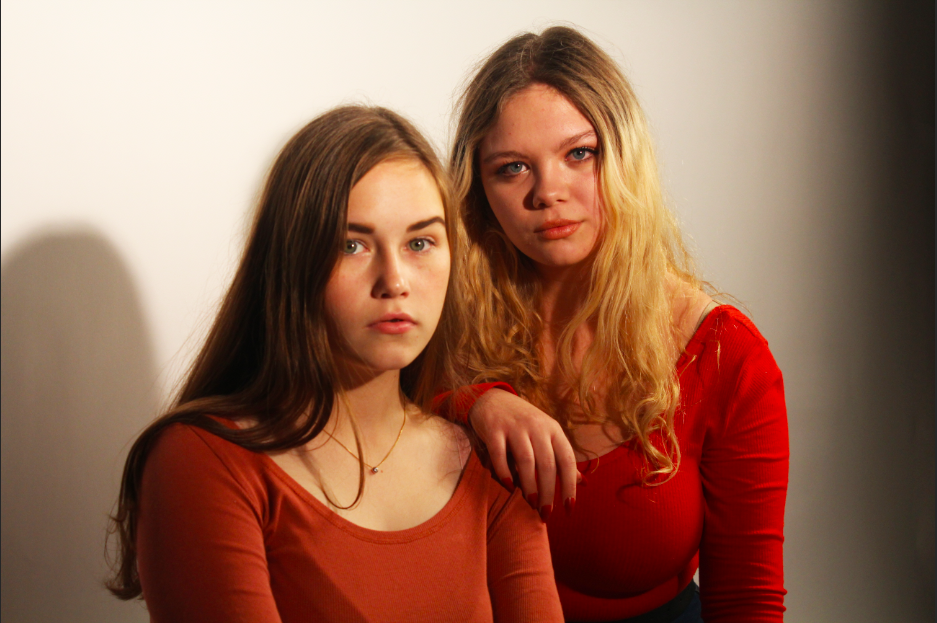
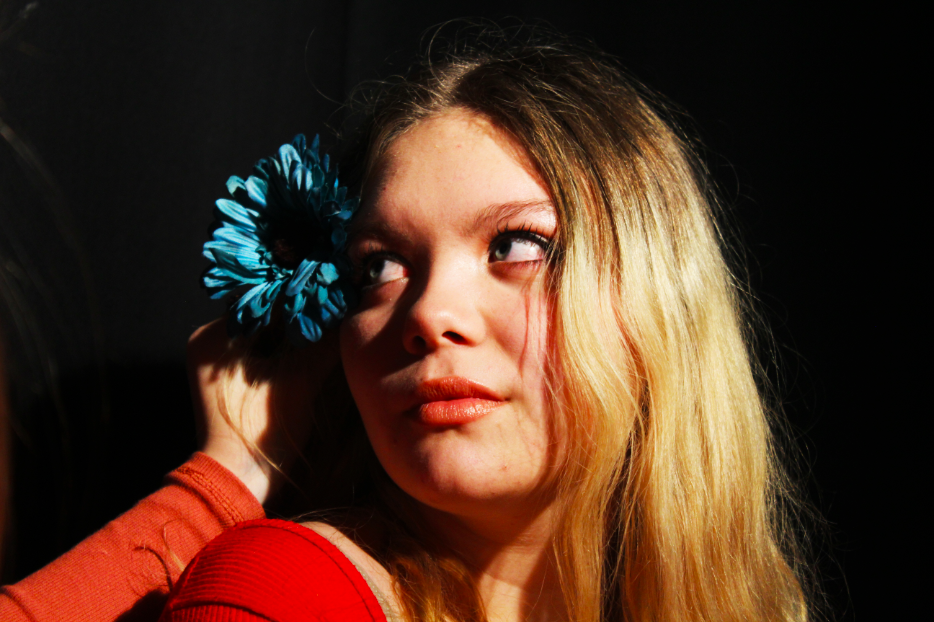
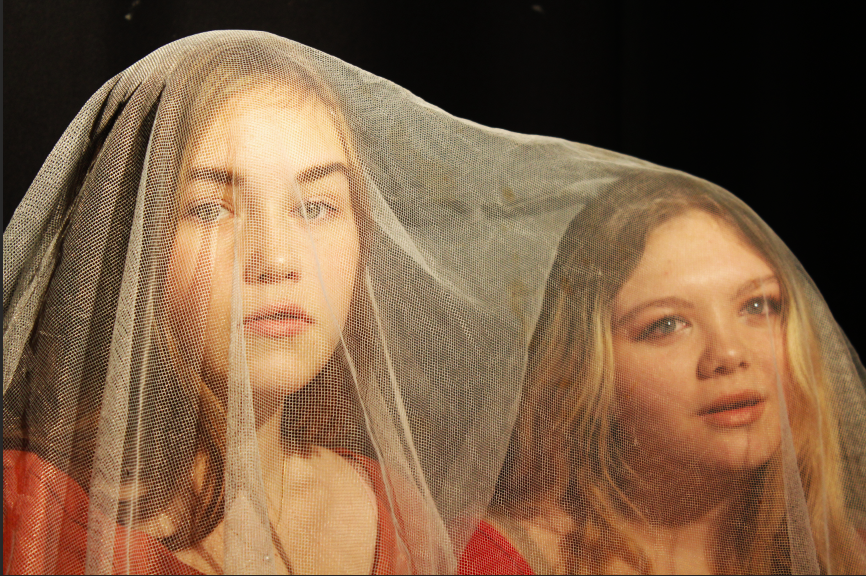
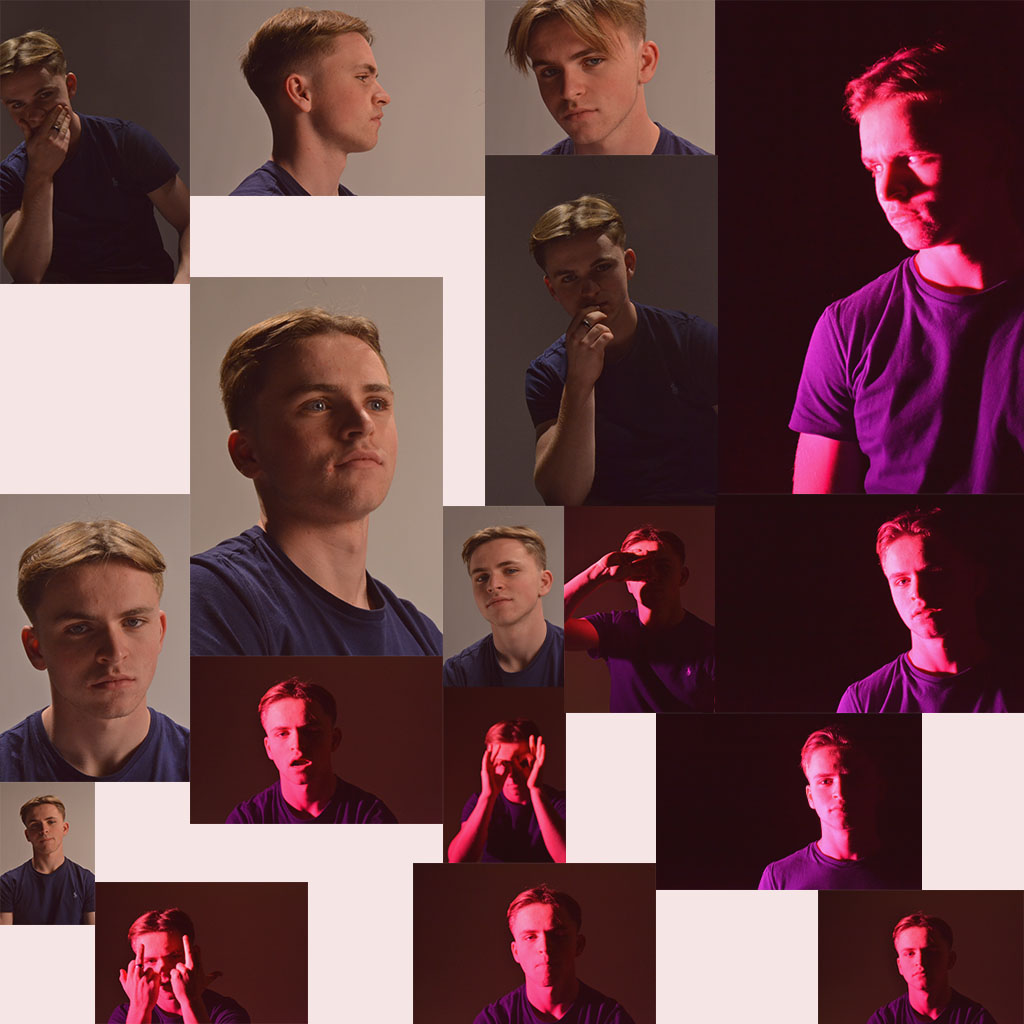

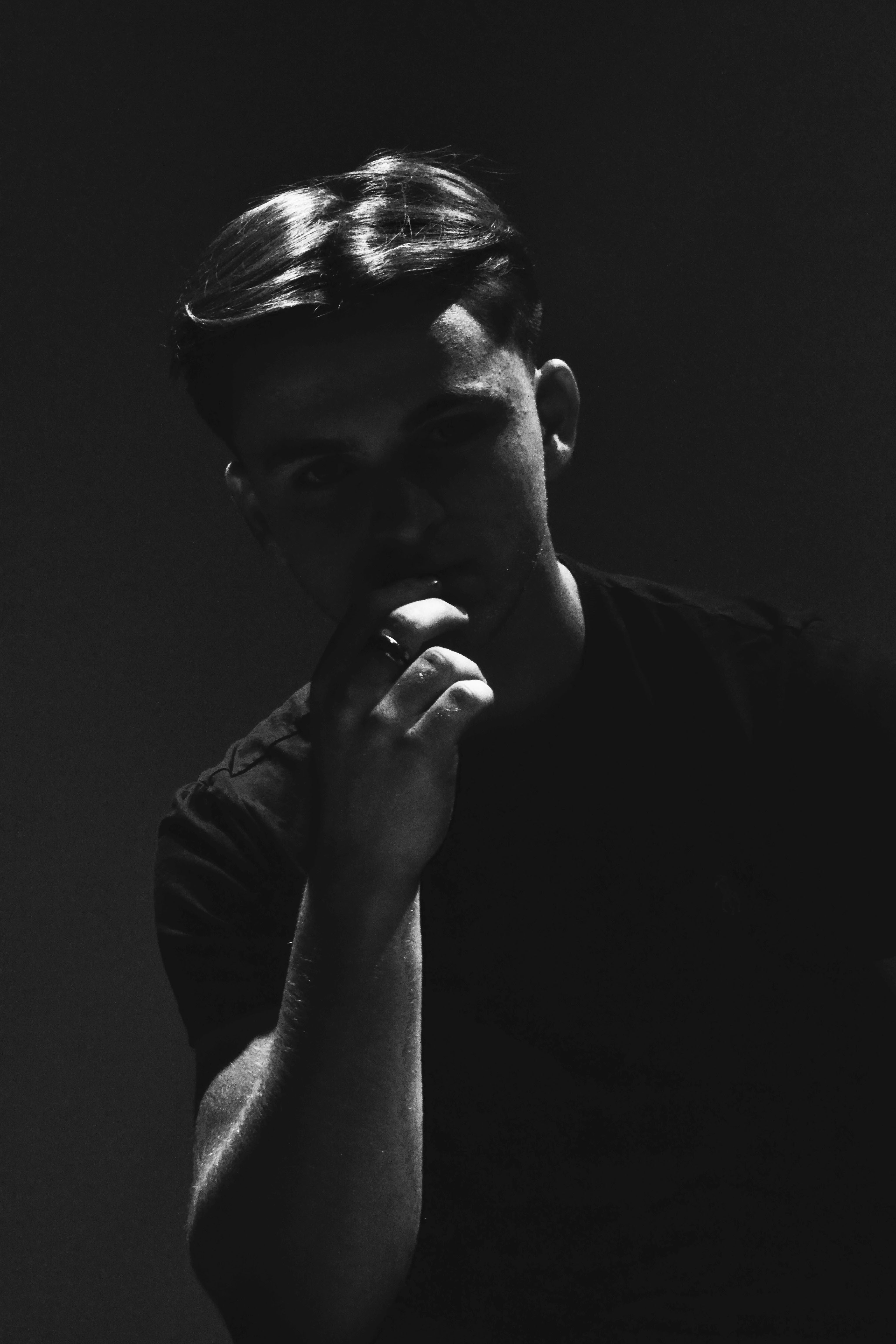
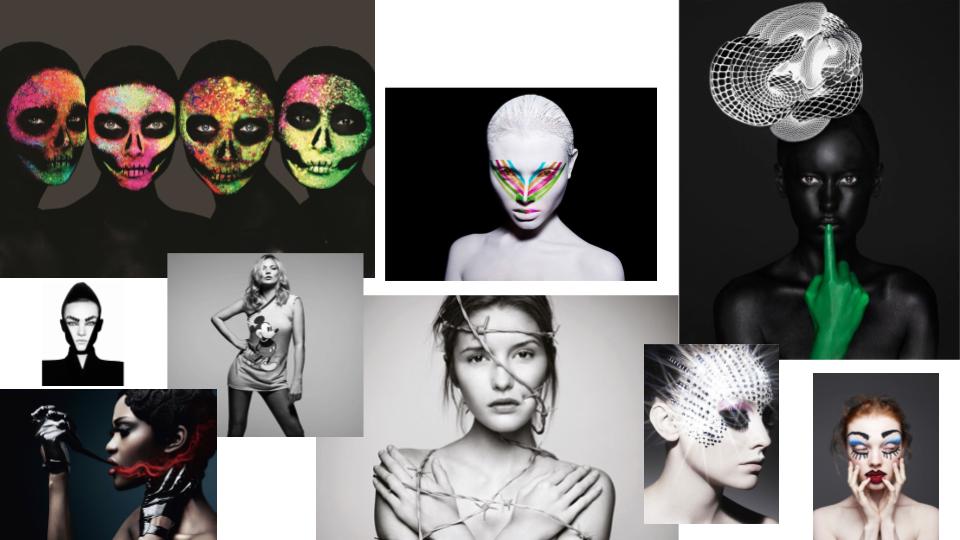
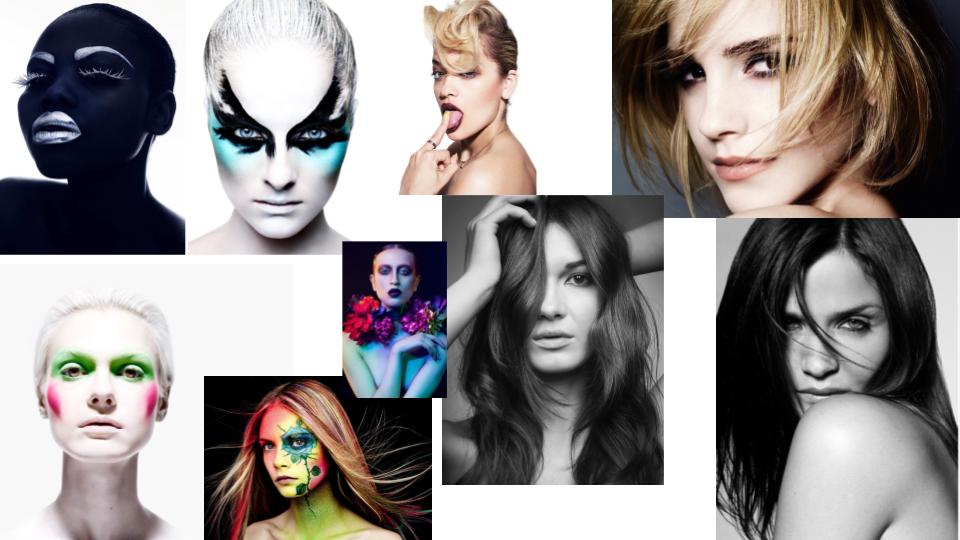


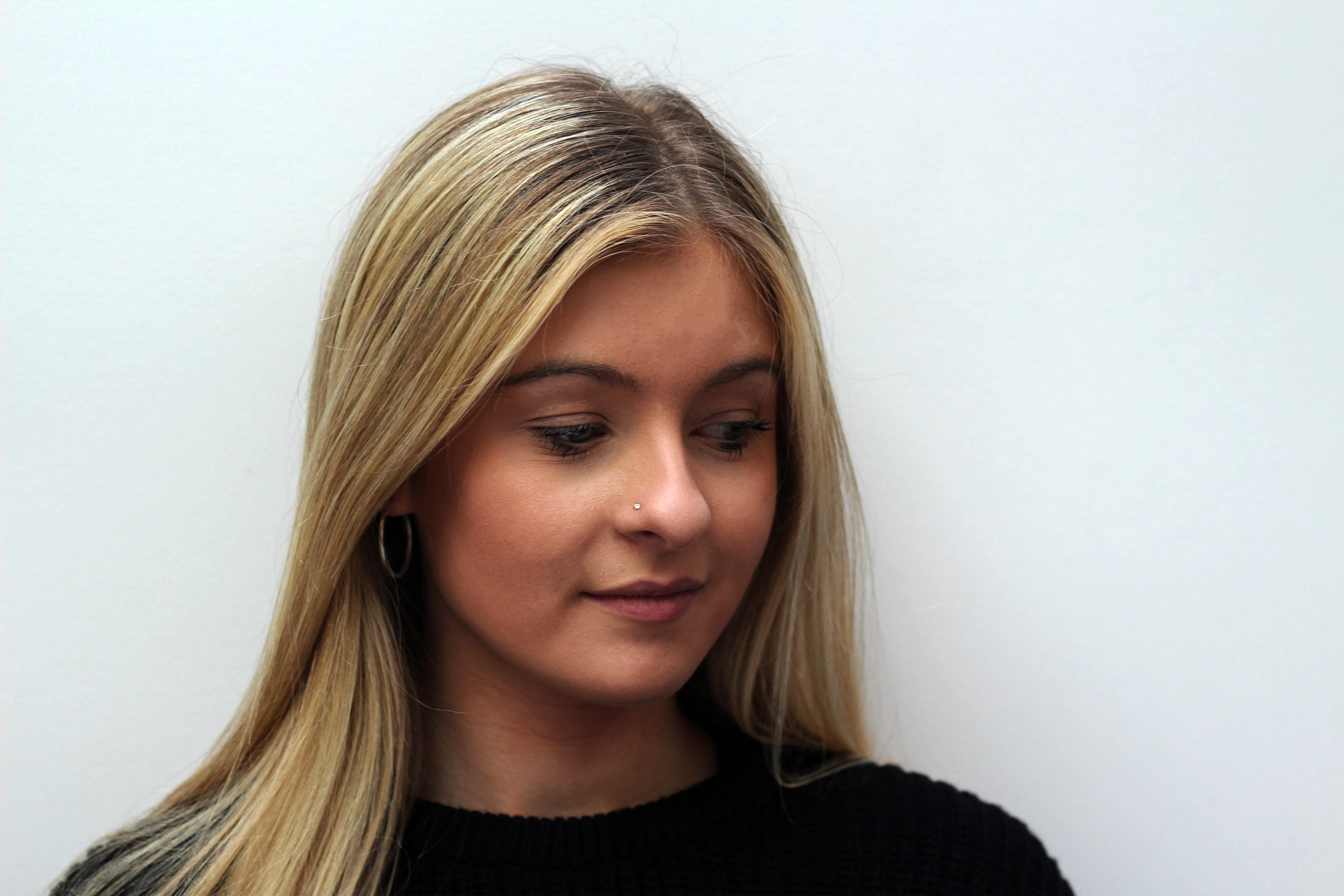
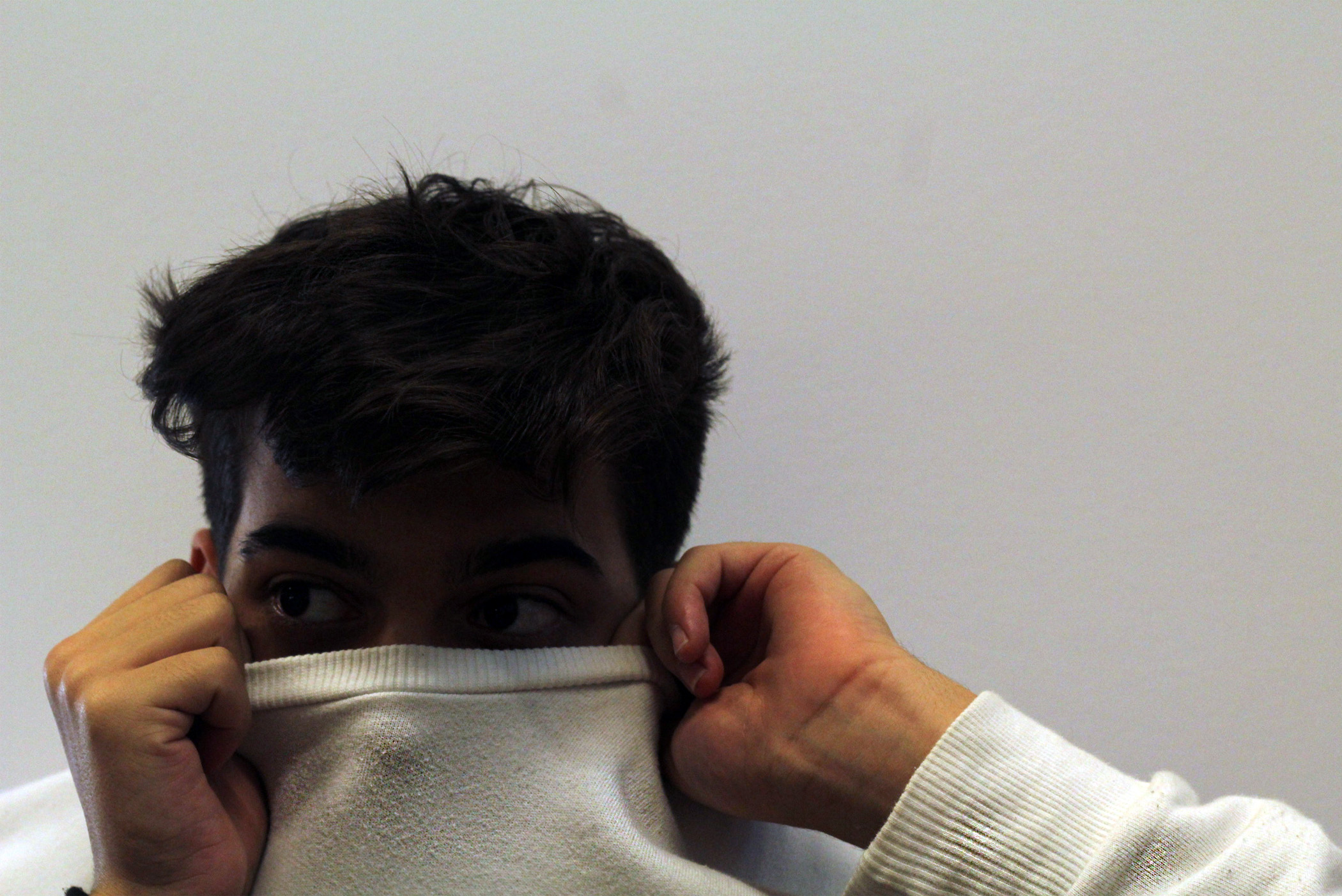
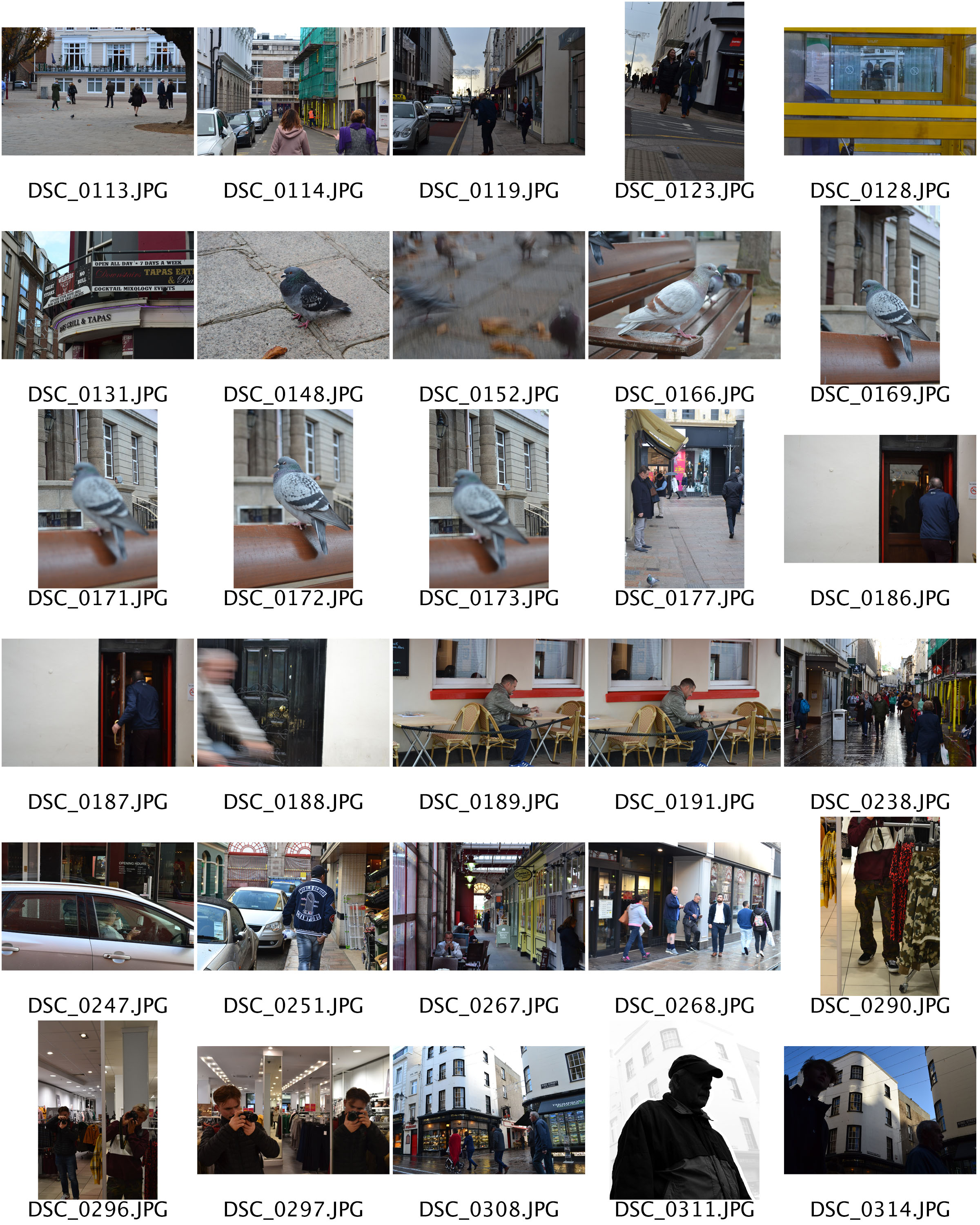
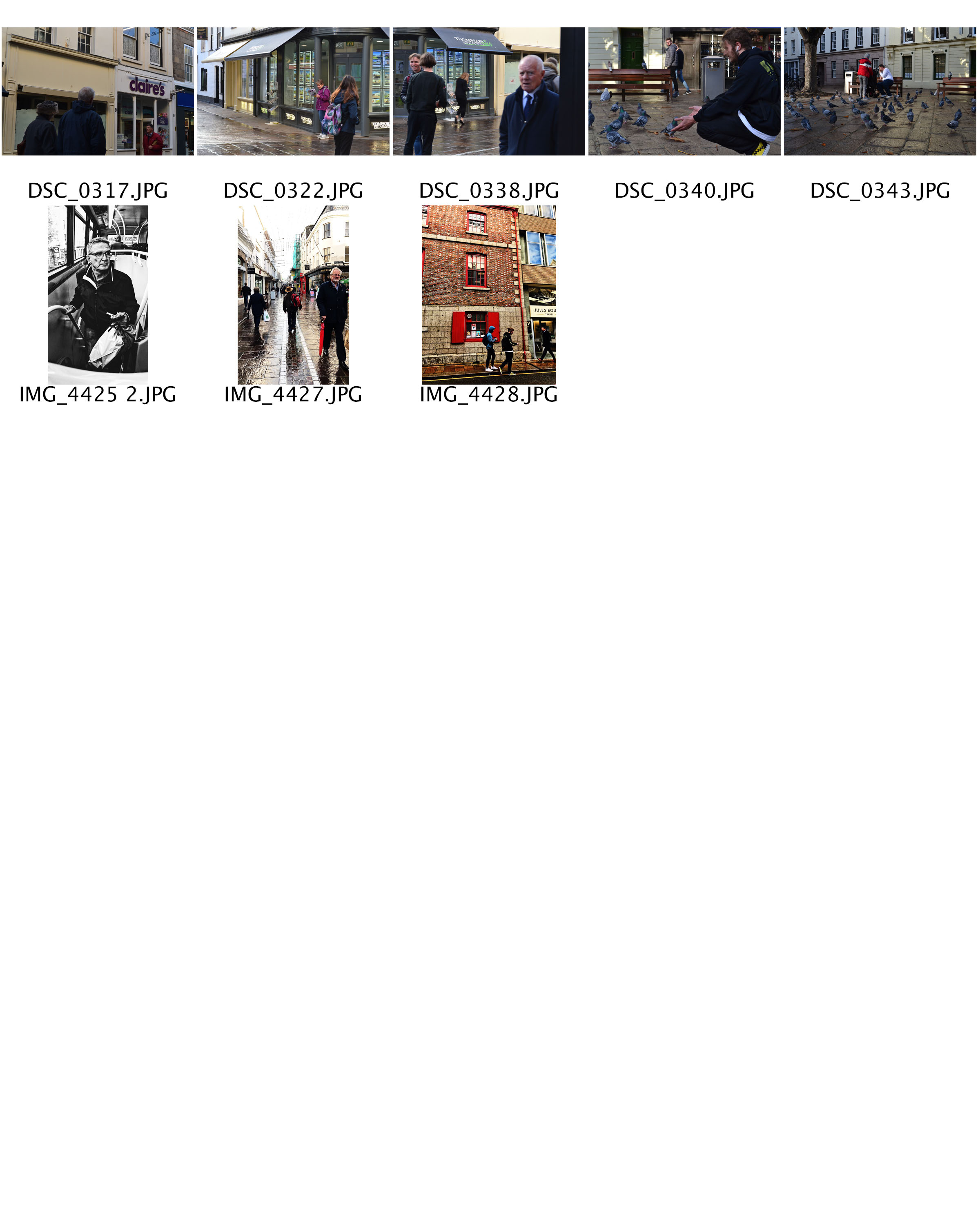 My favourite image edit:
My favourite image edit: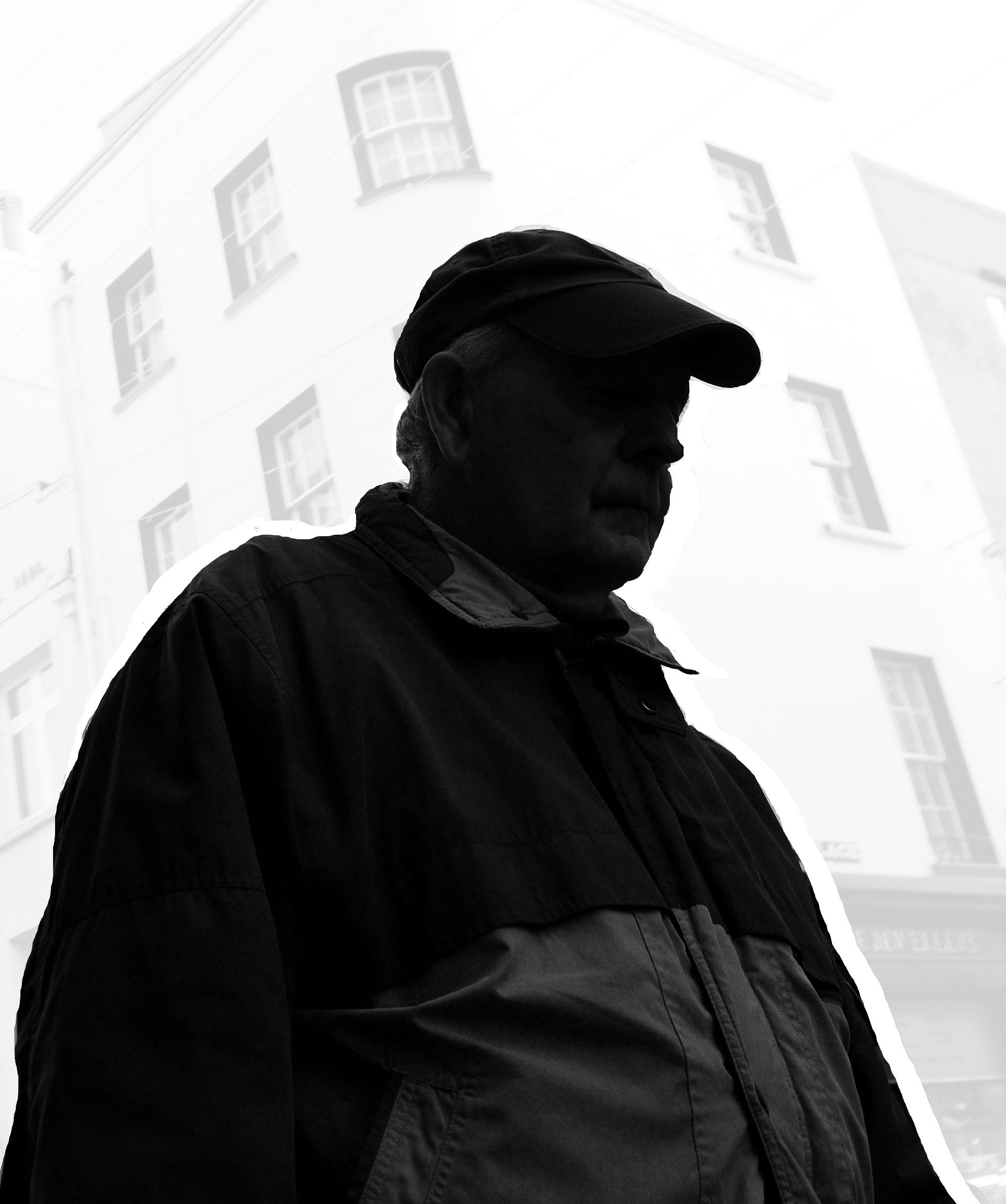
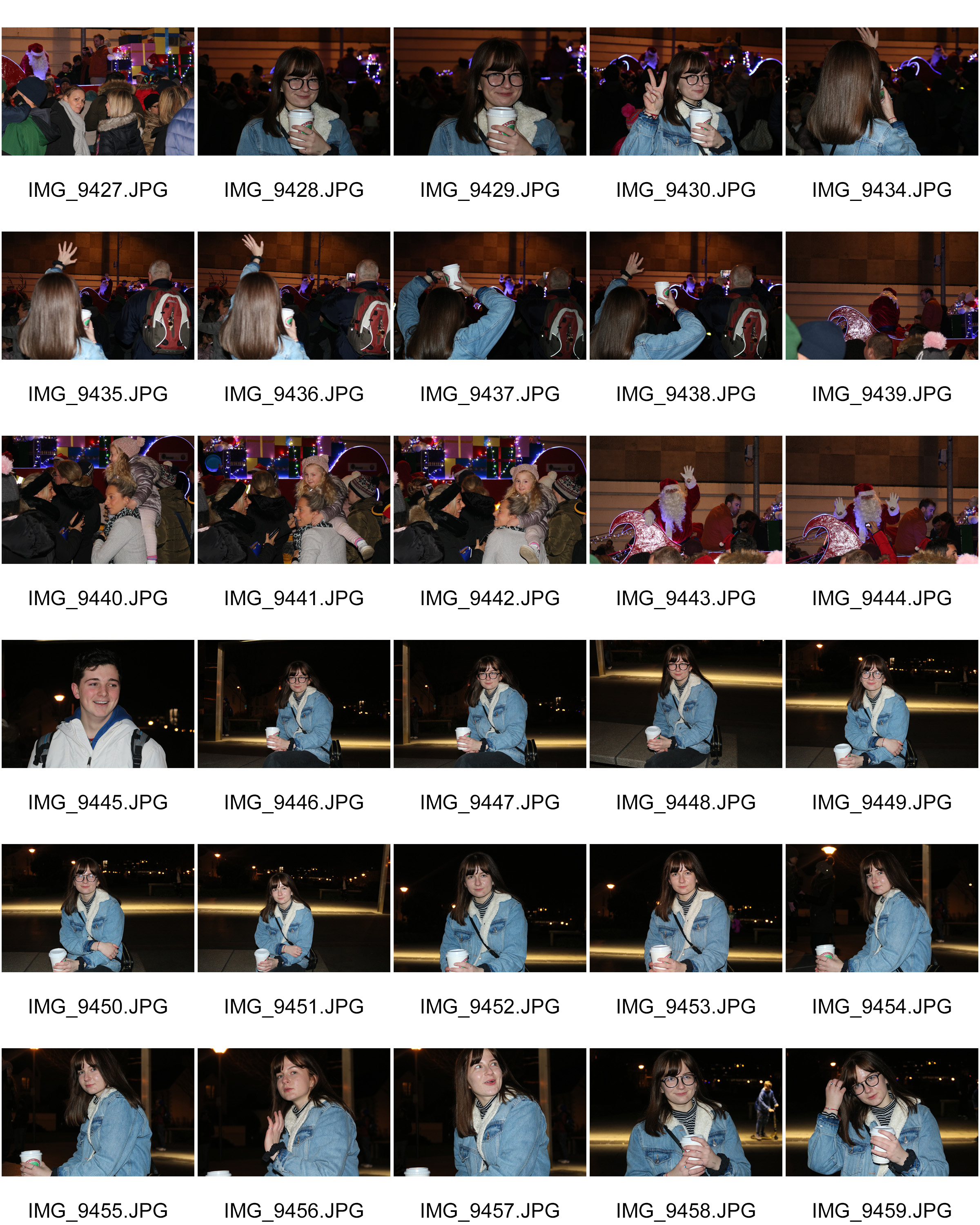


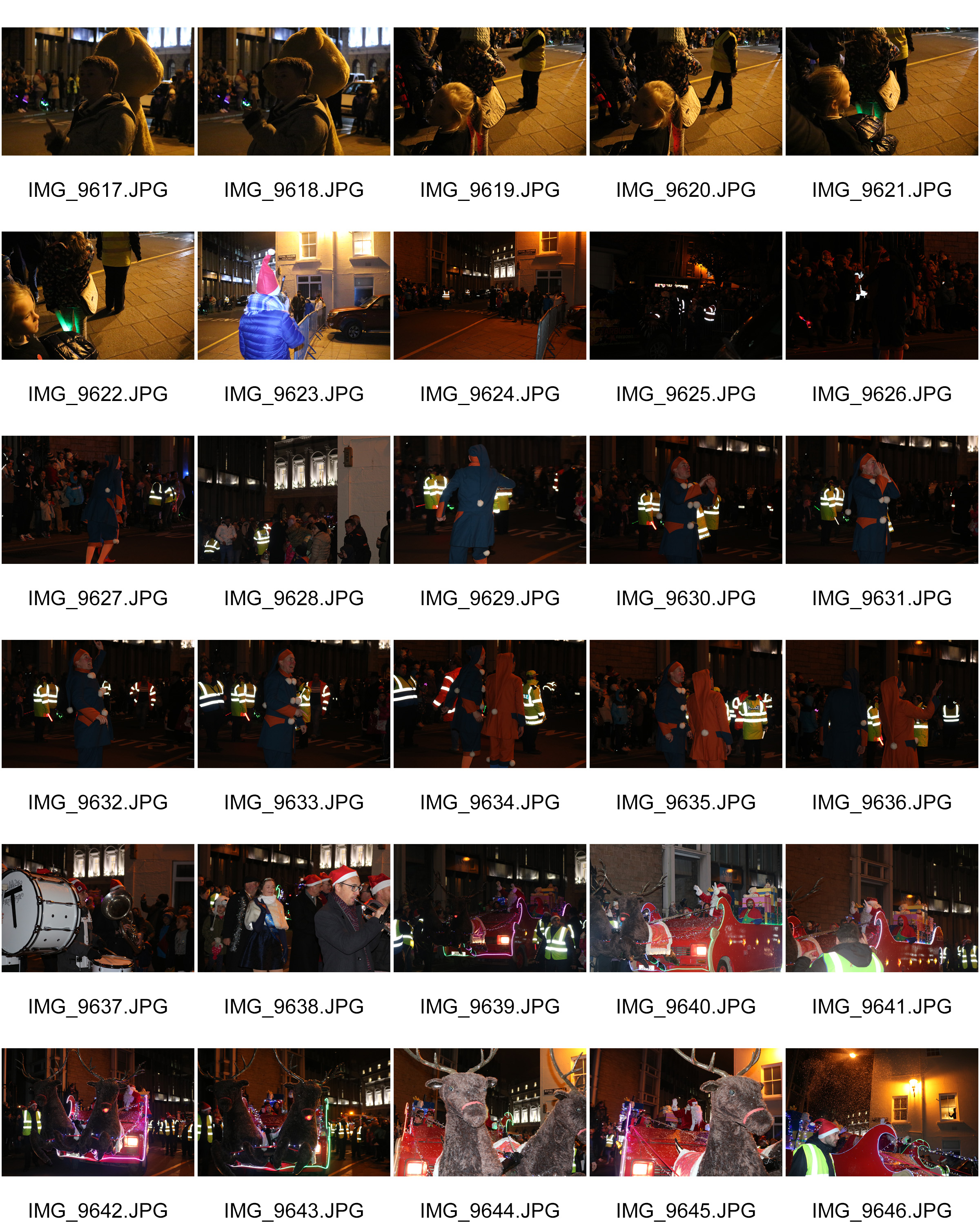
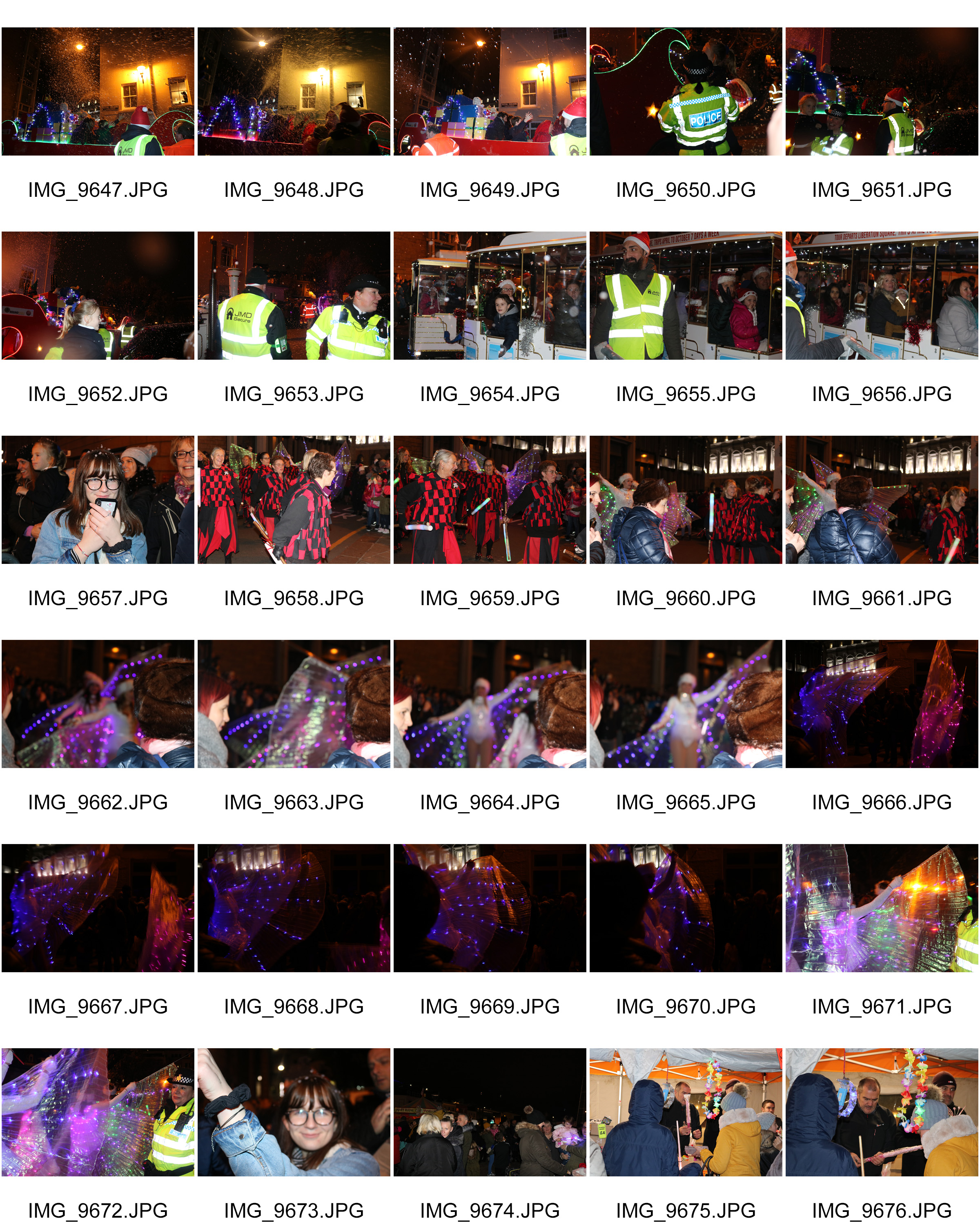


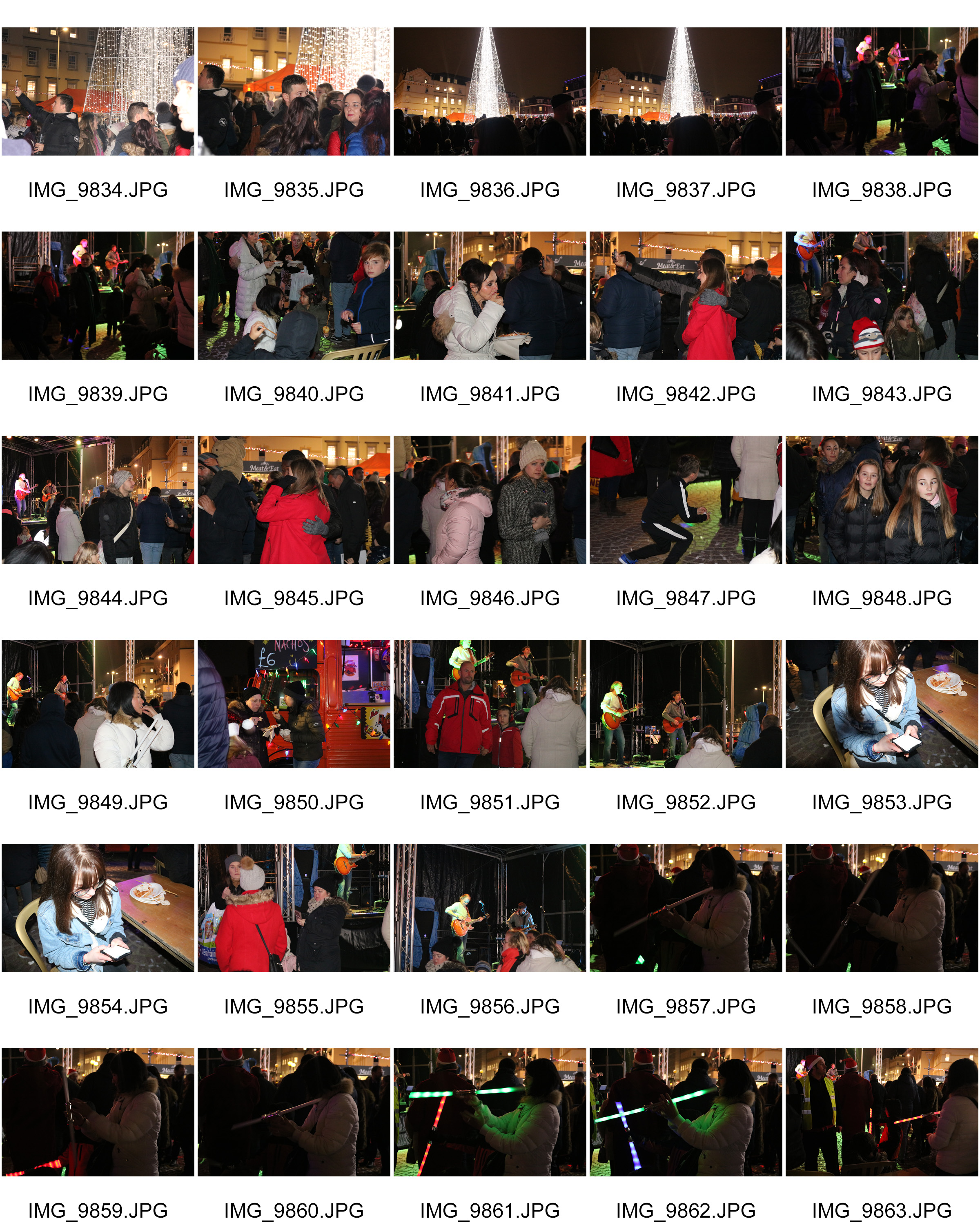
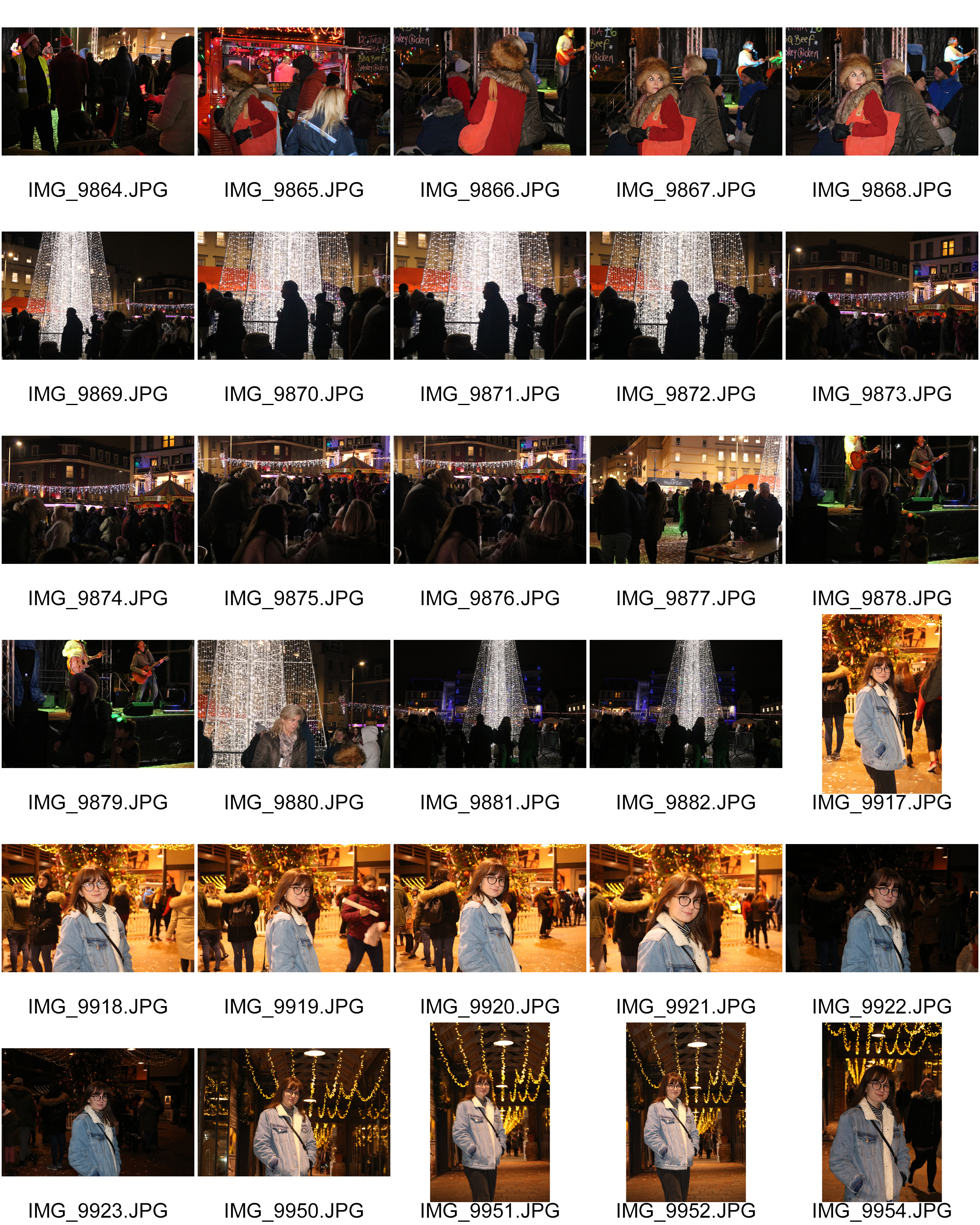
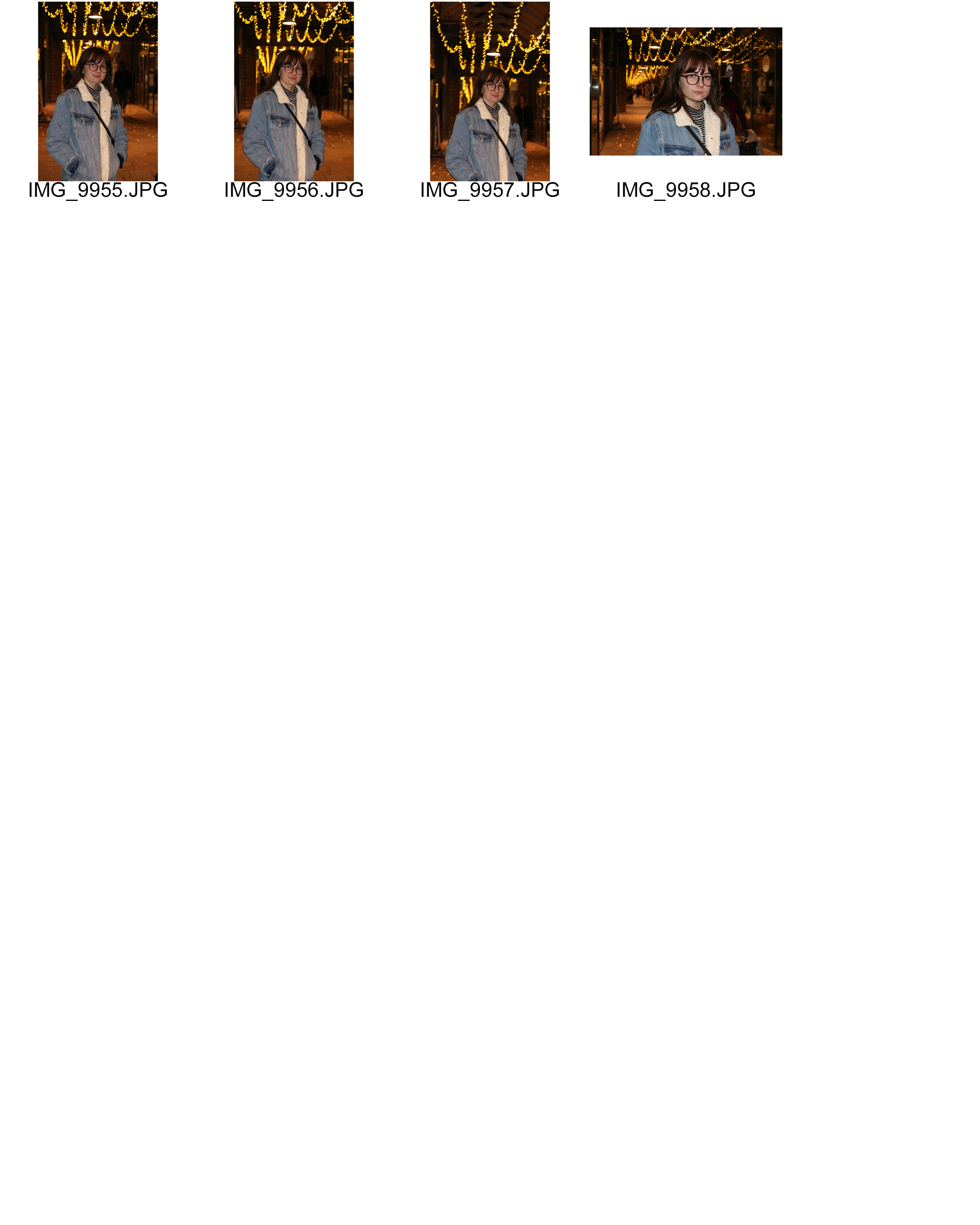 Best images
Best images
